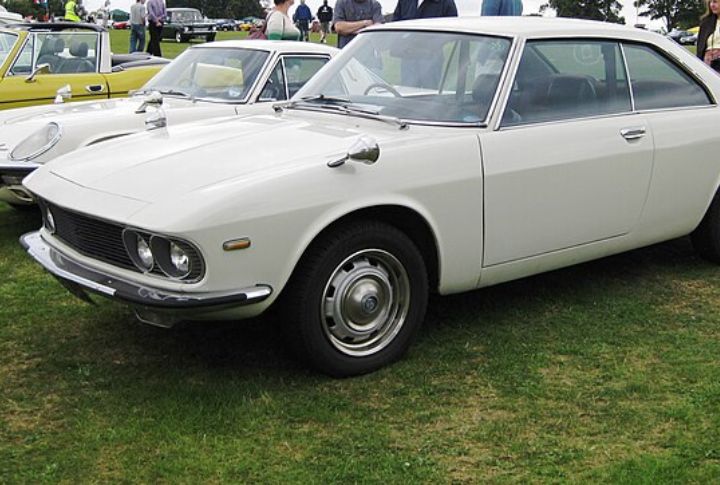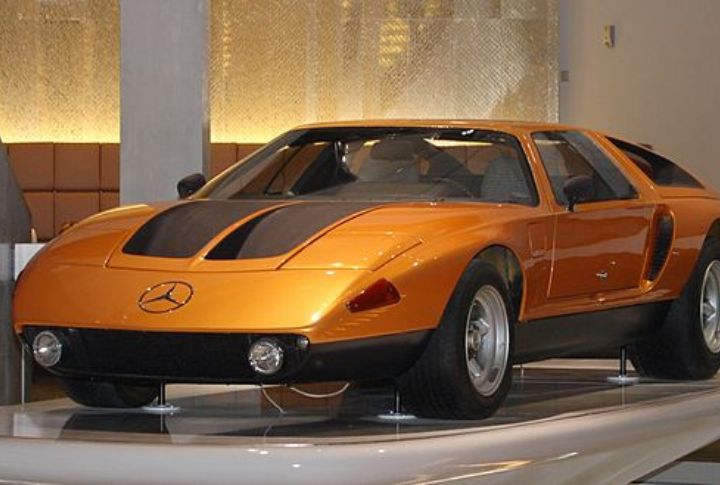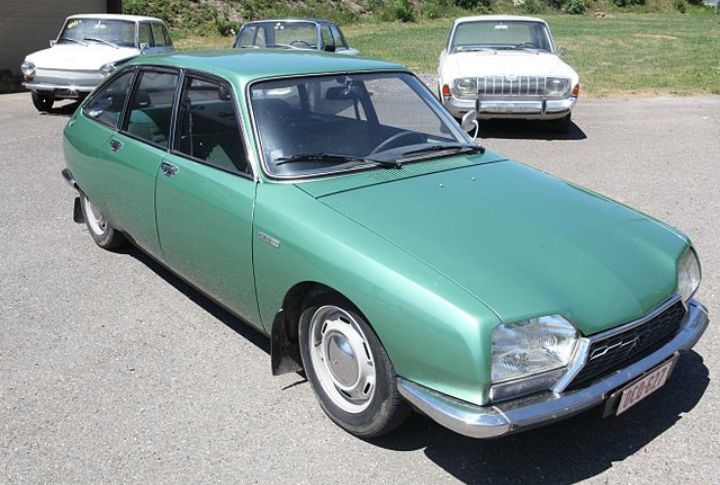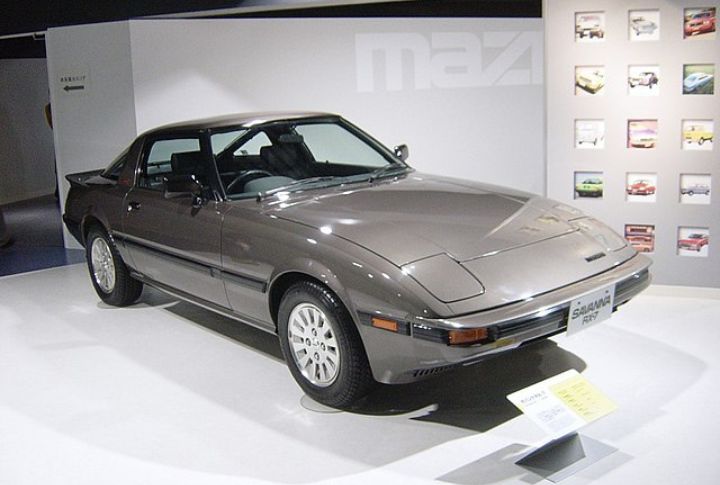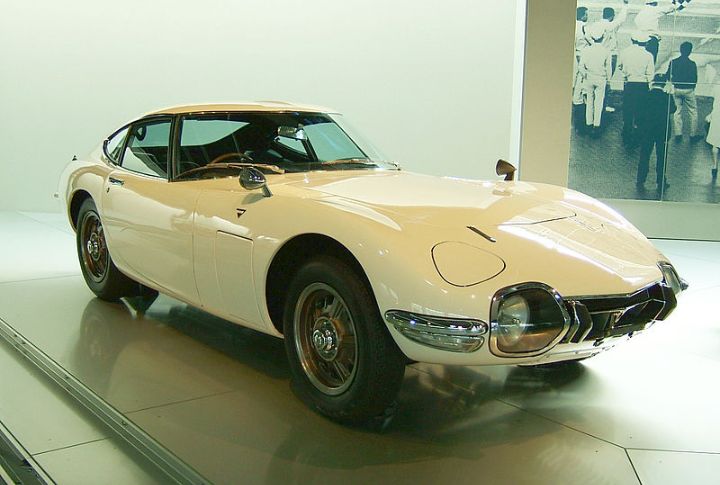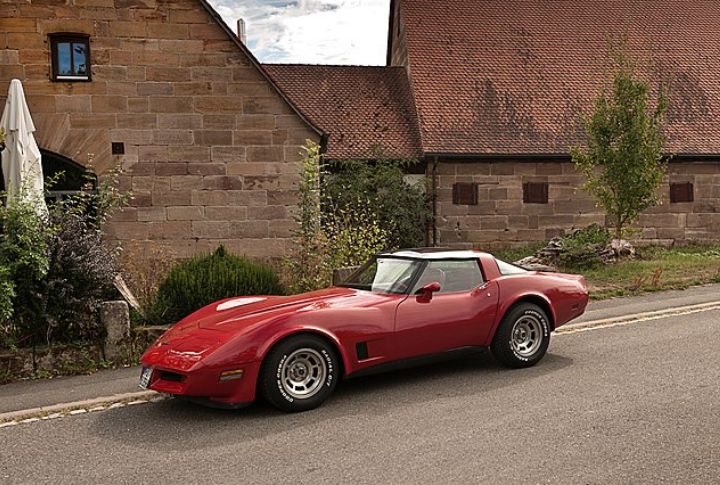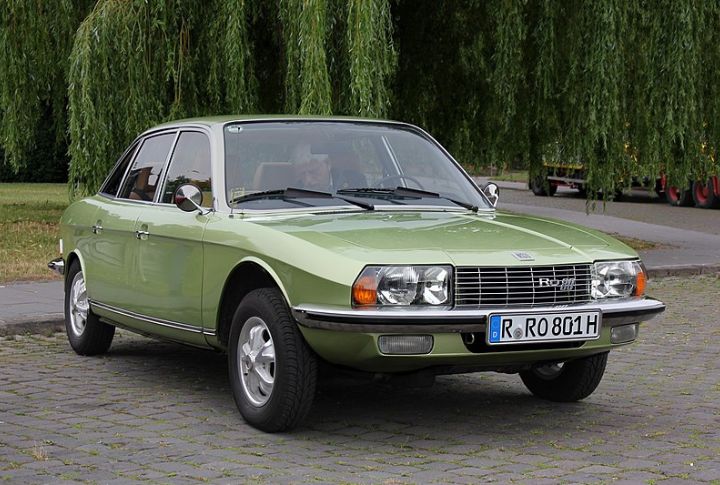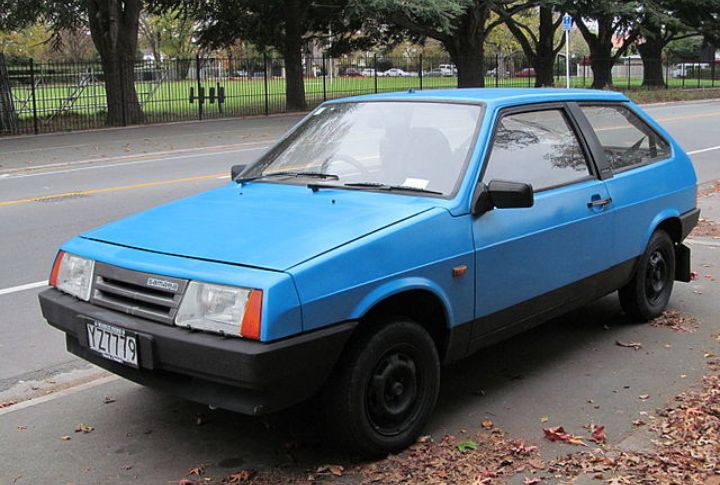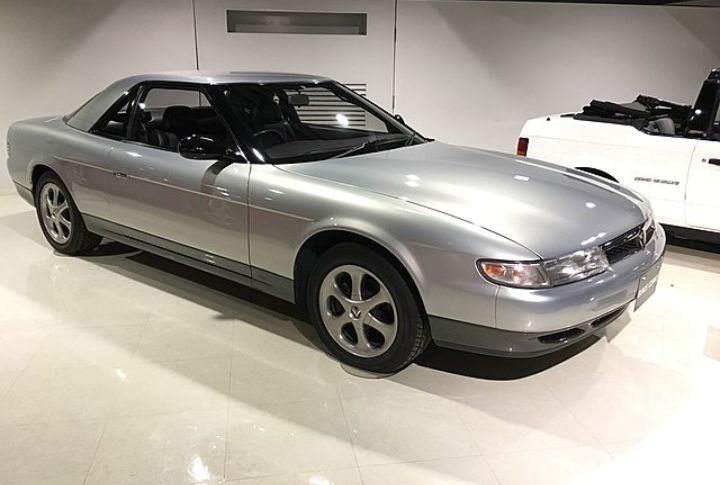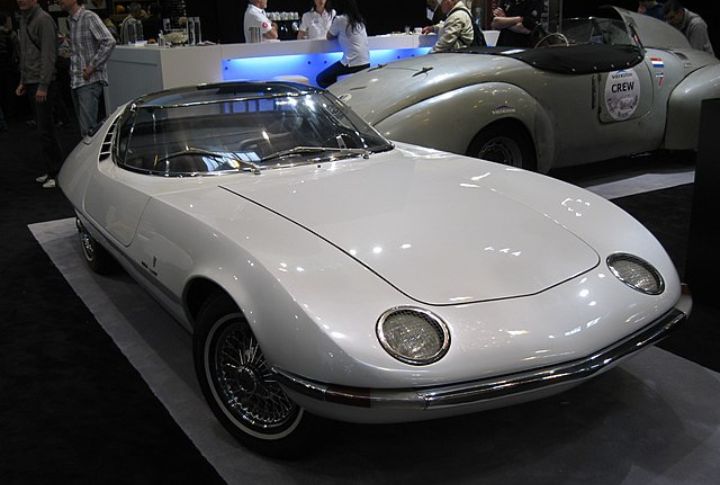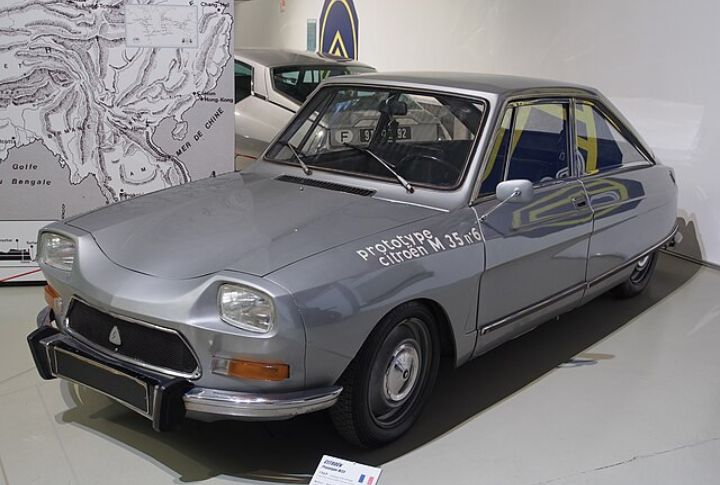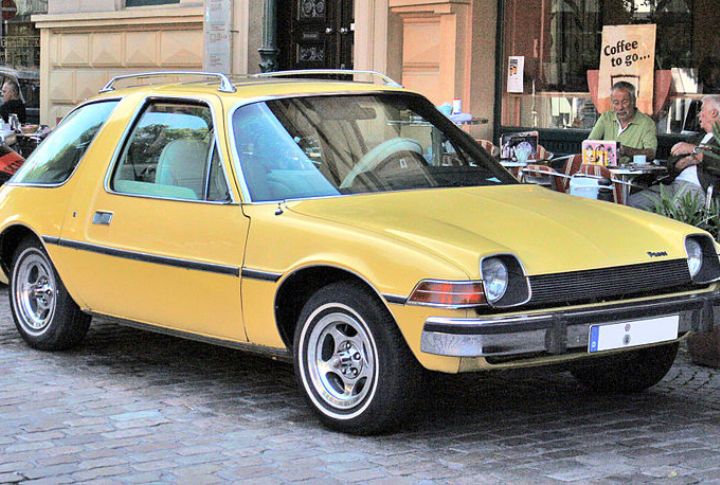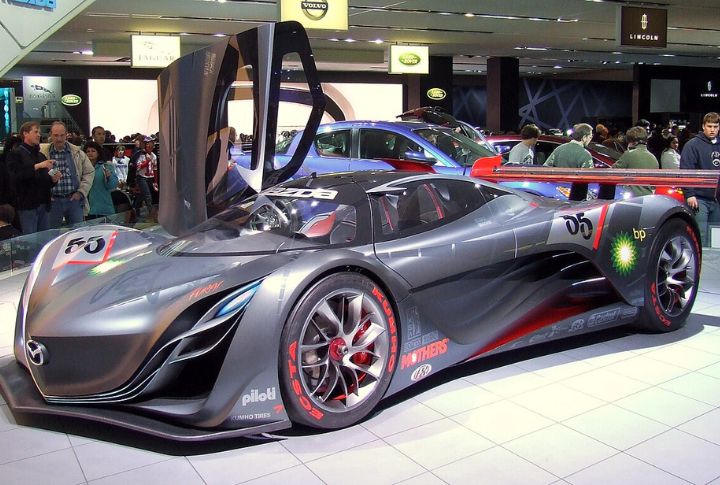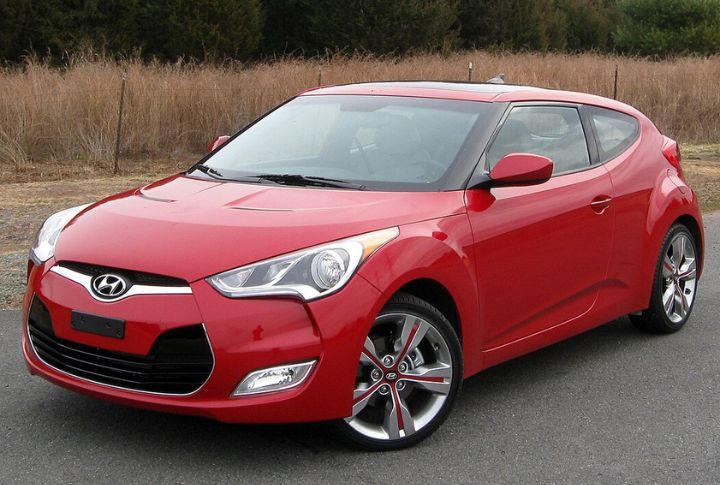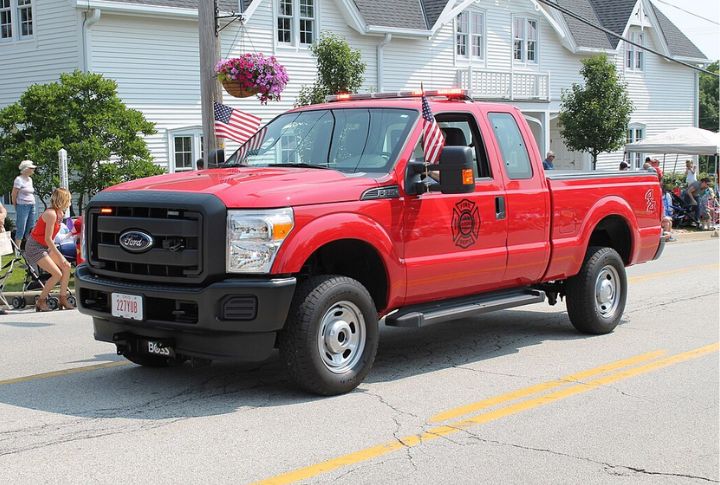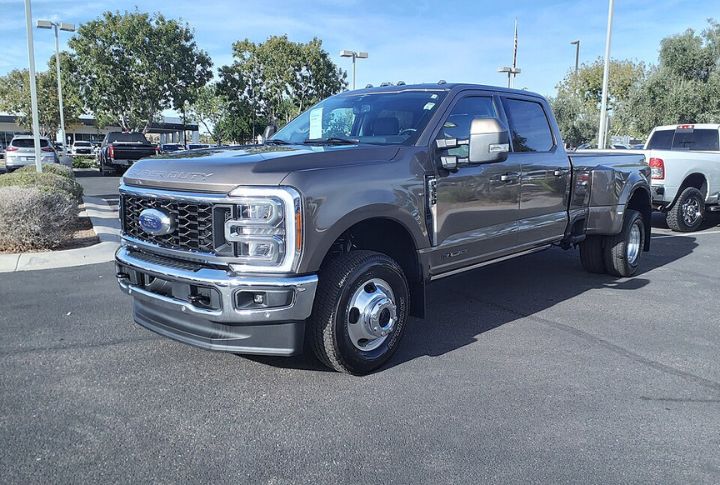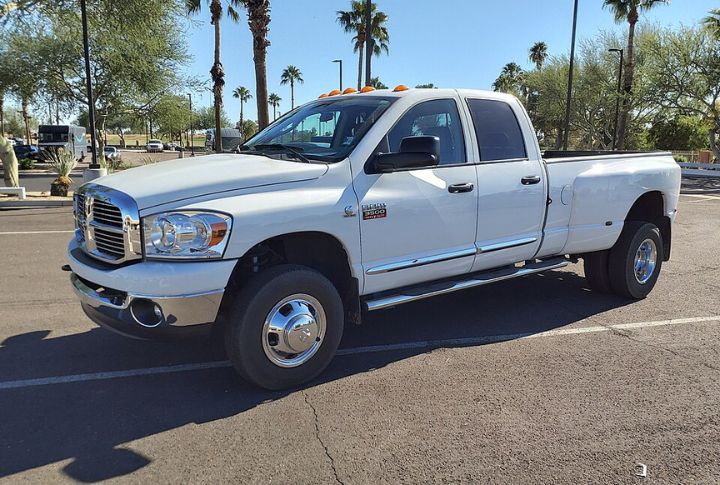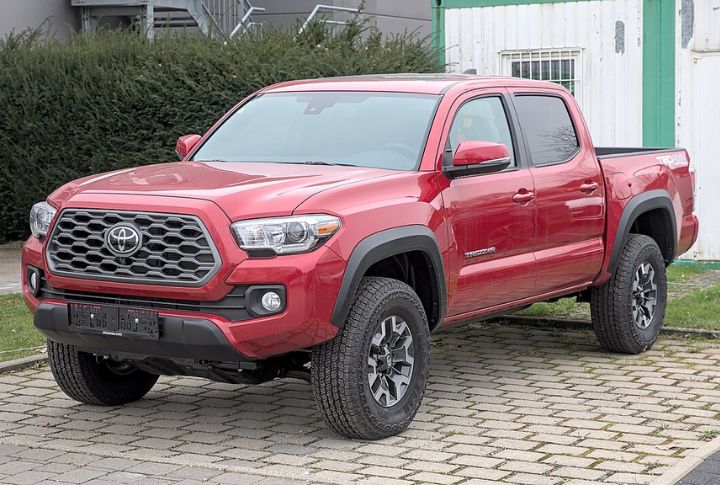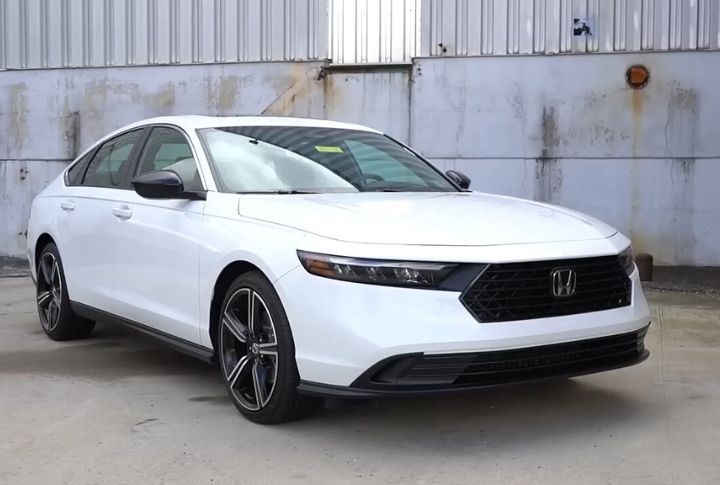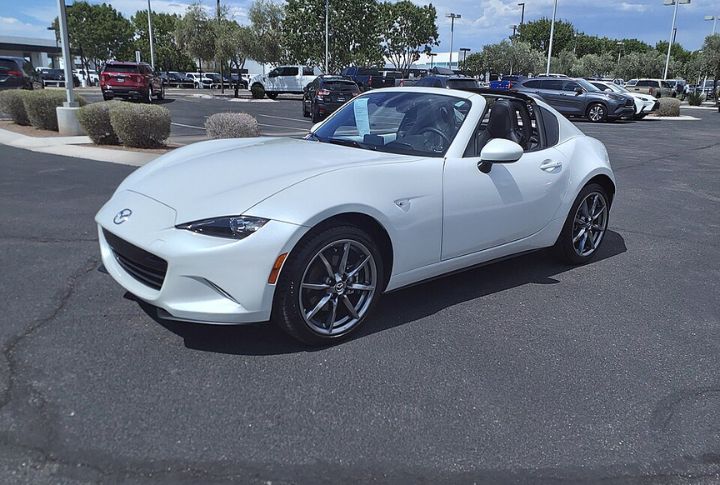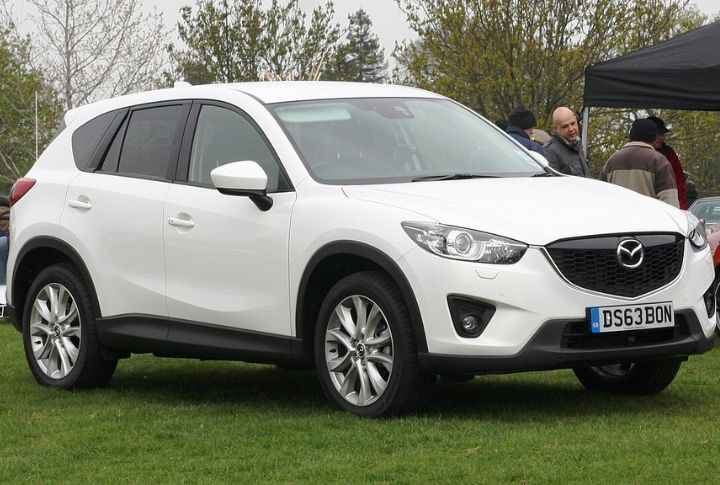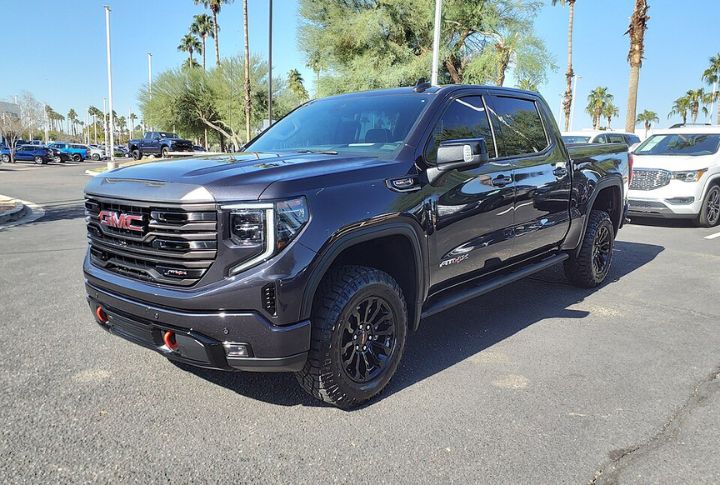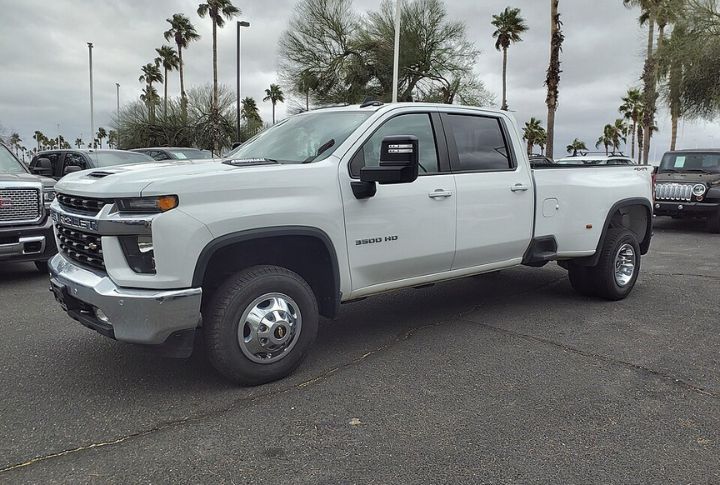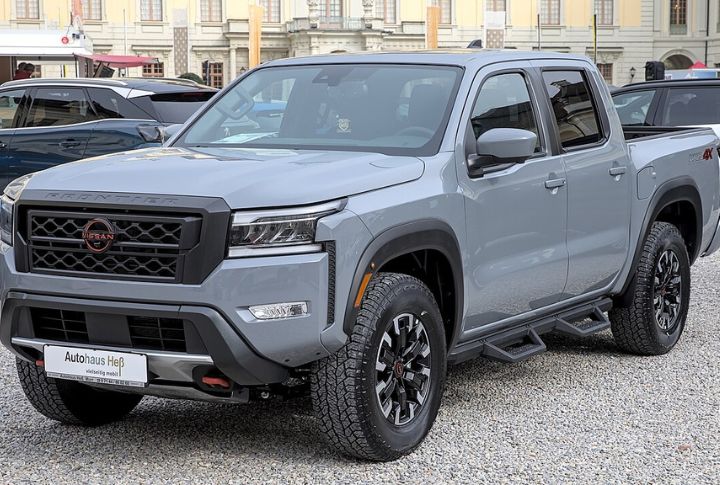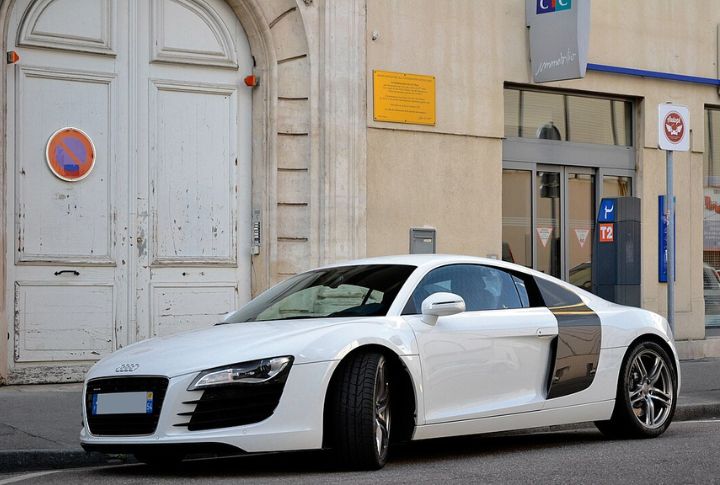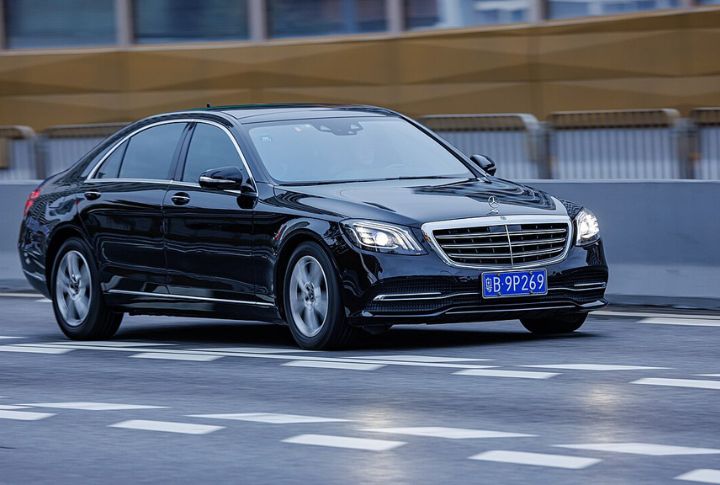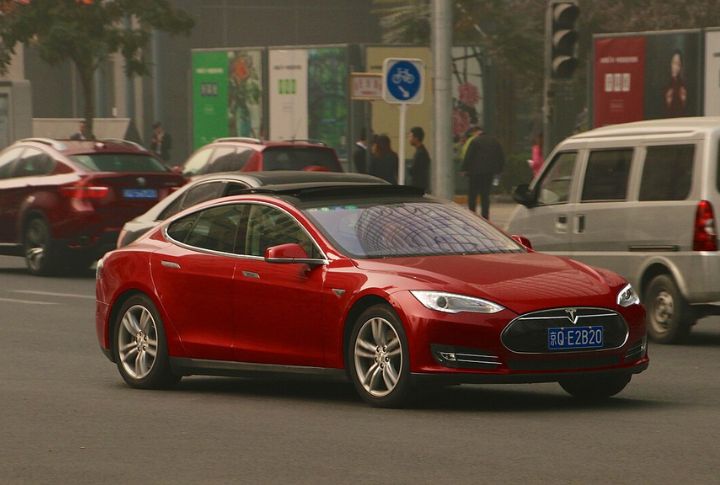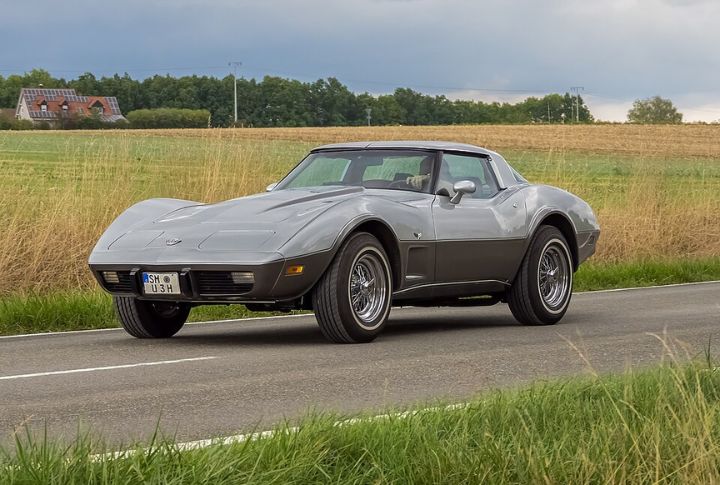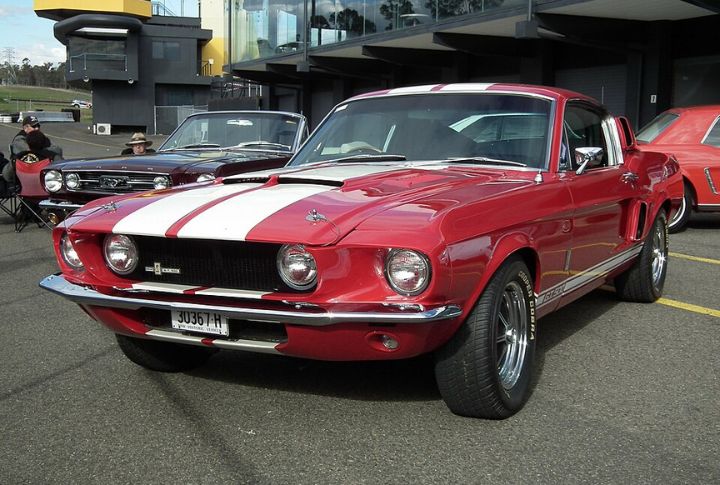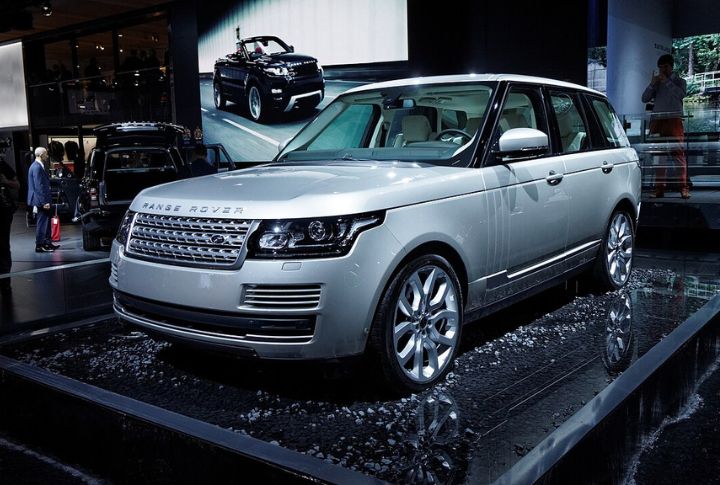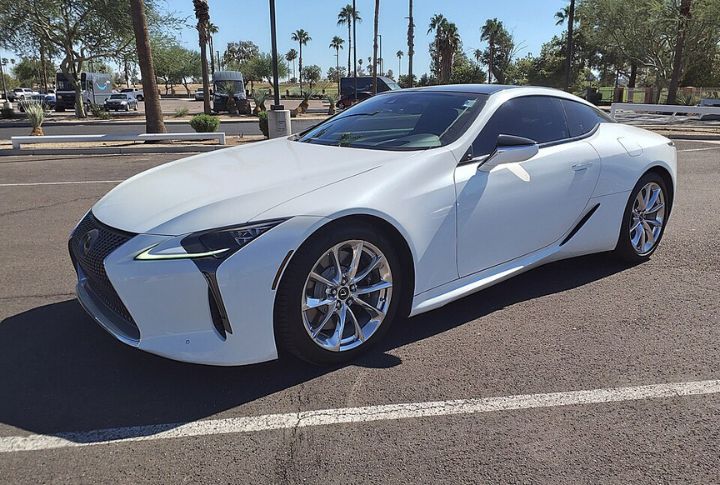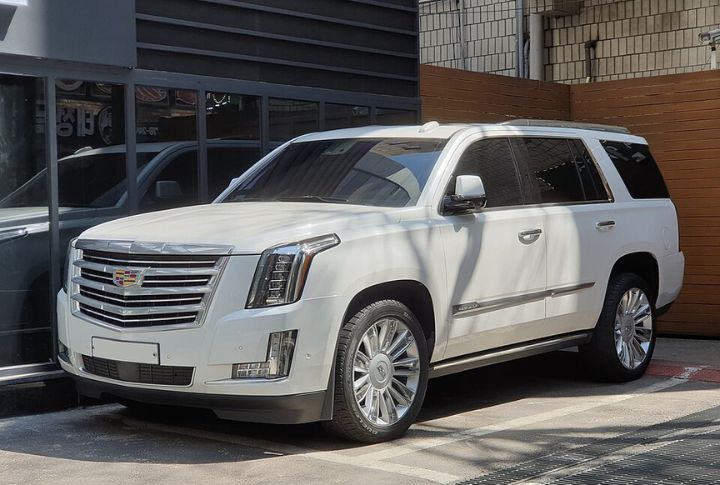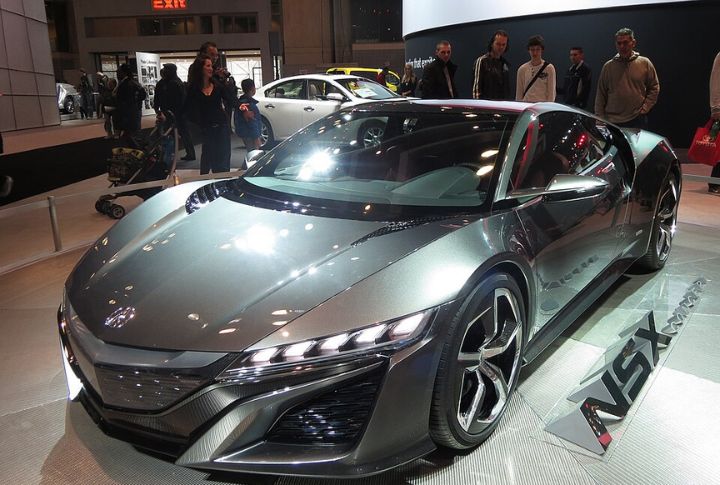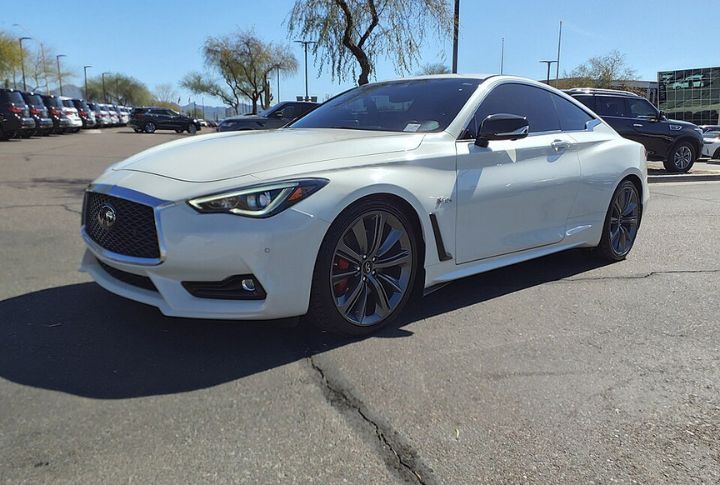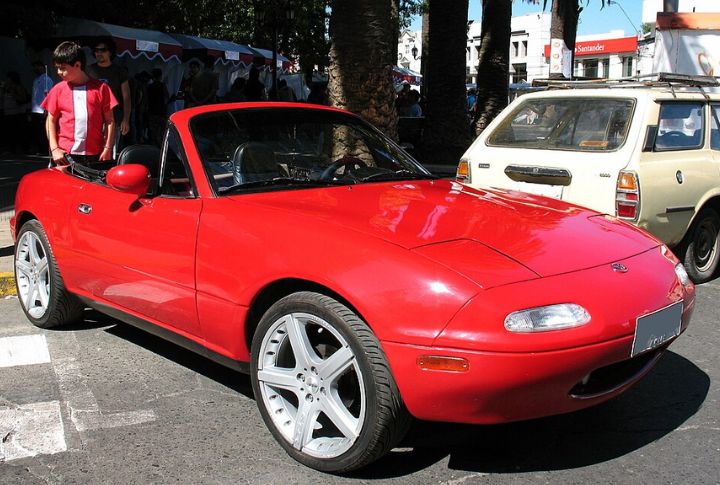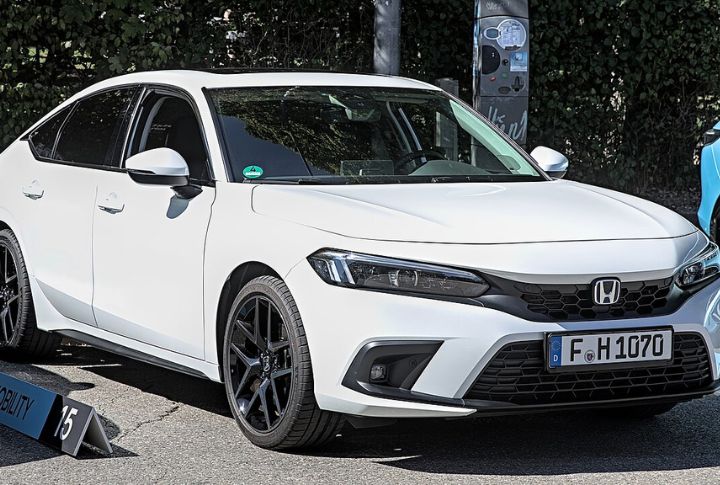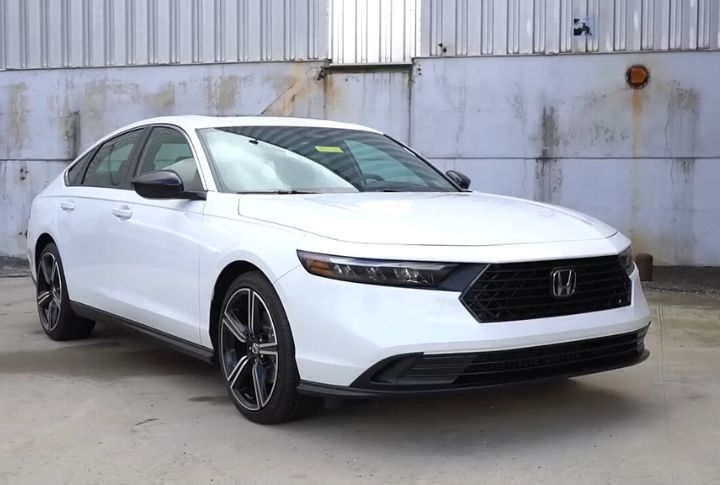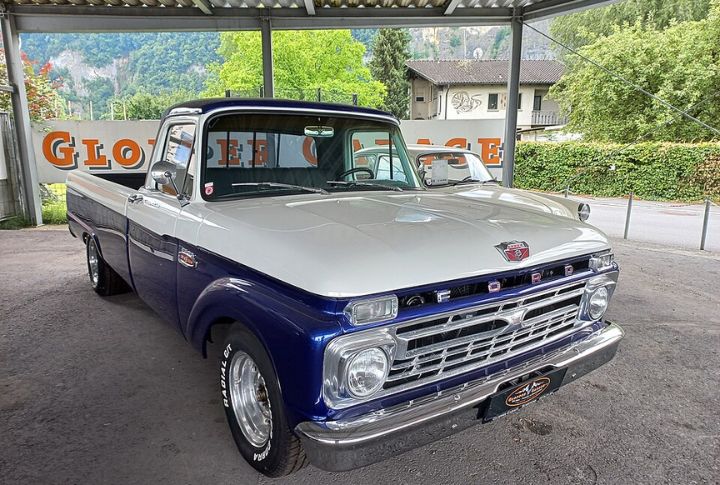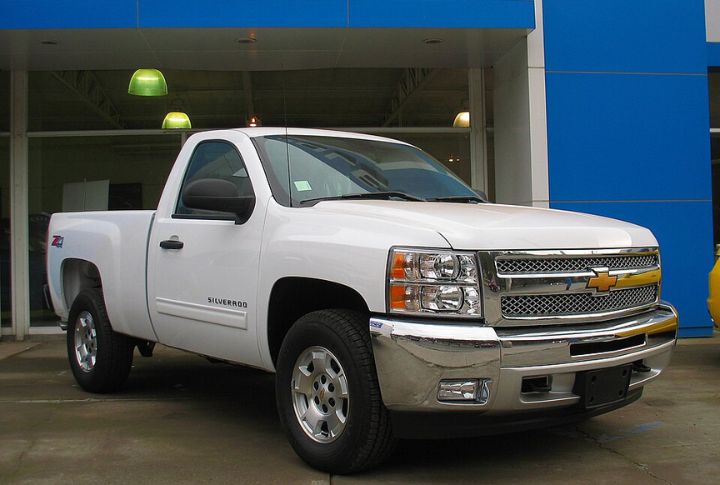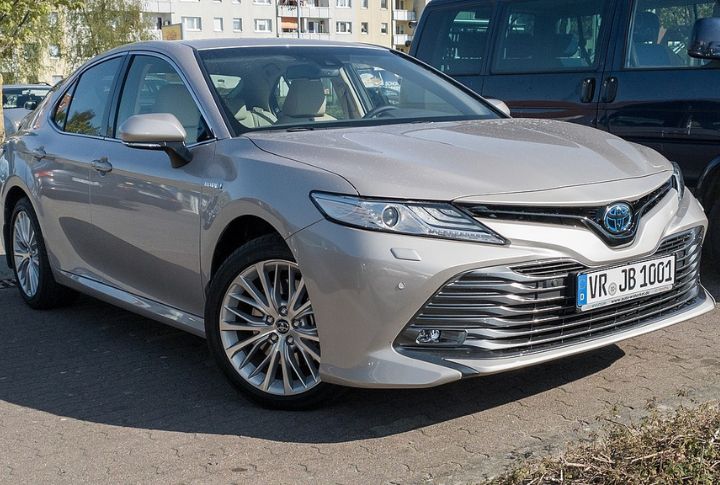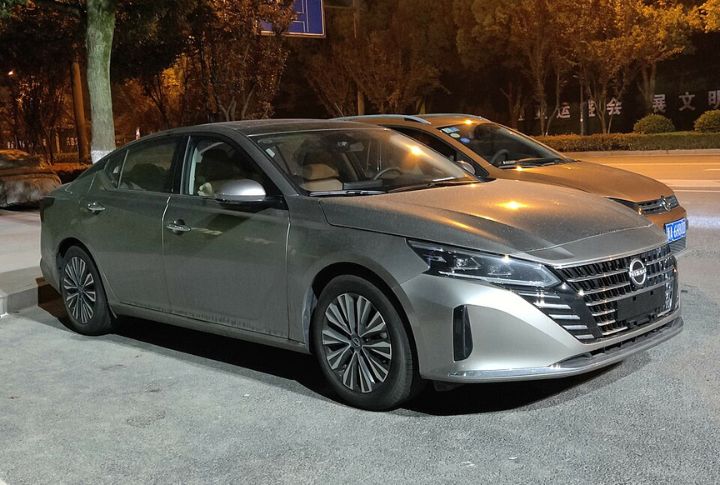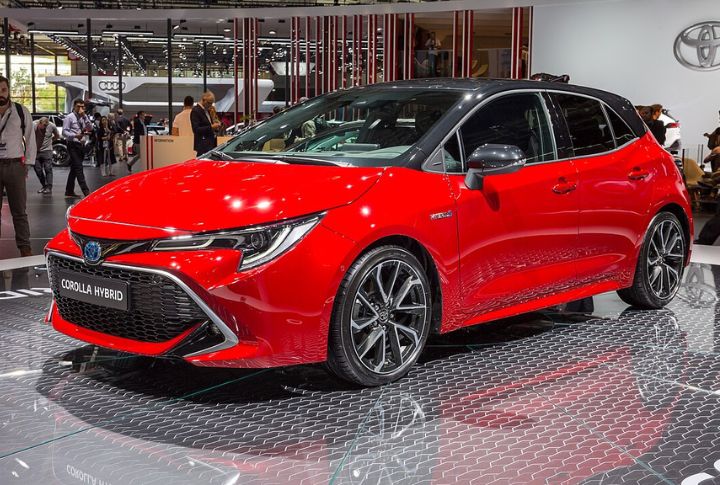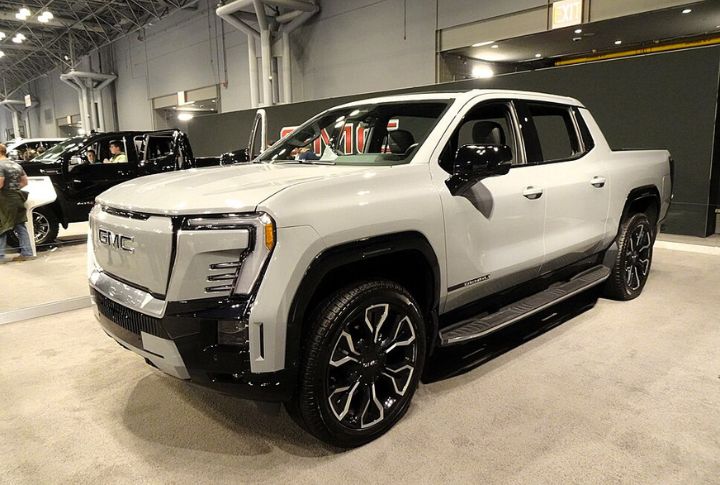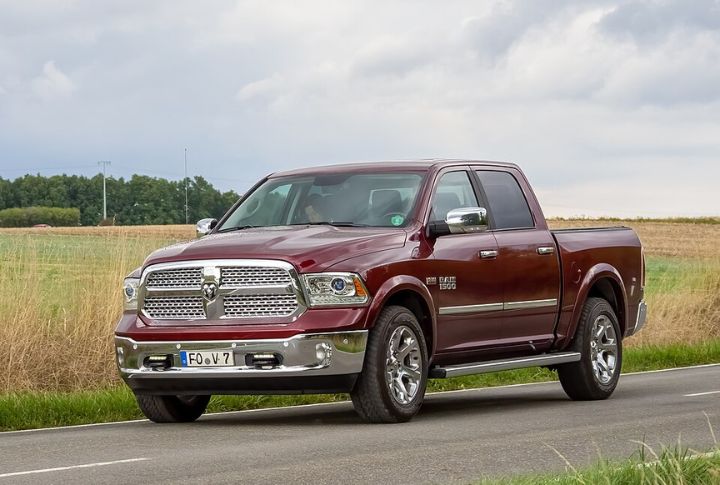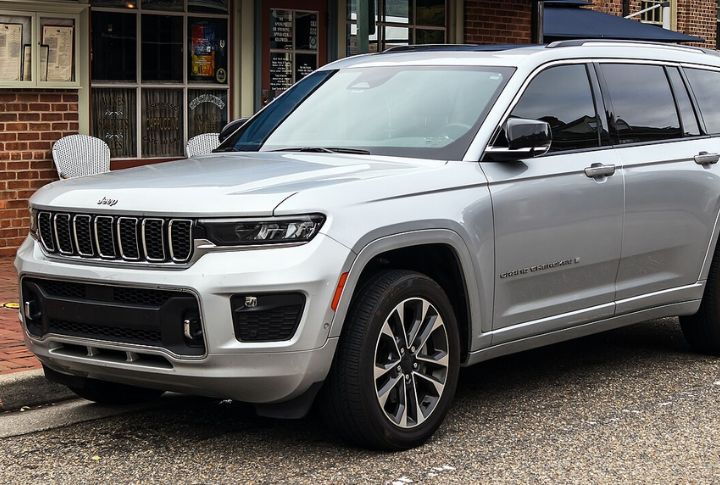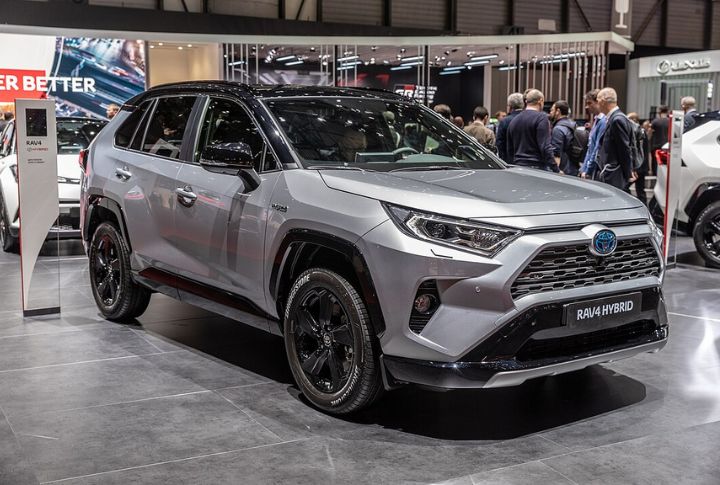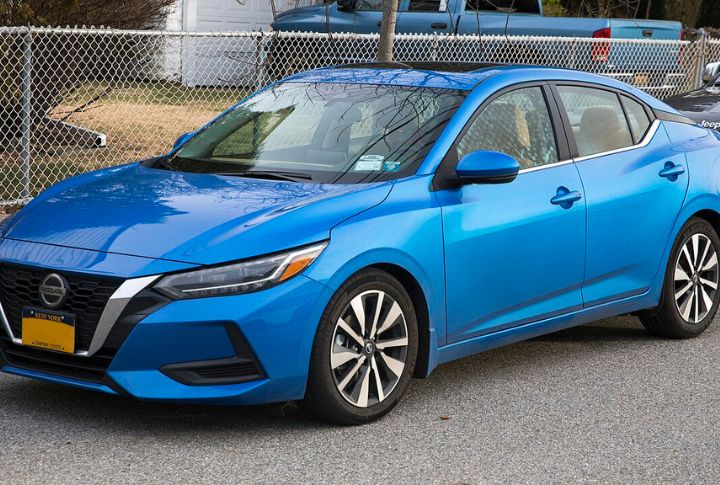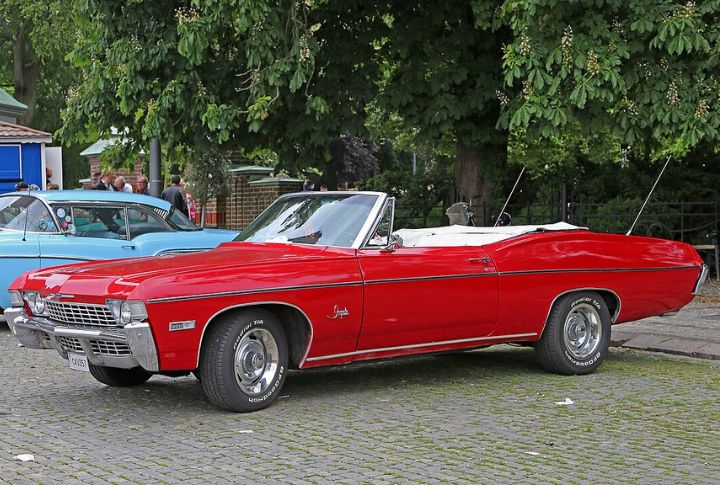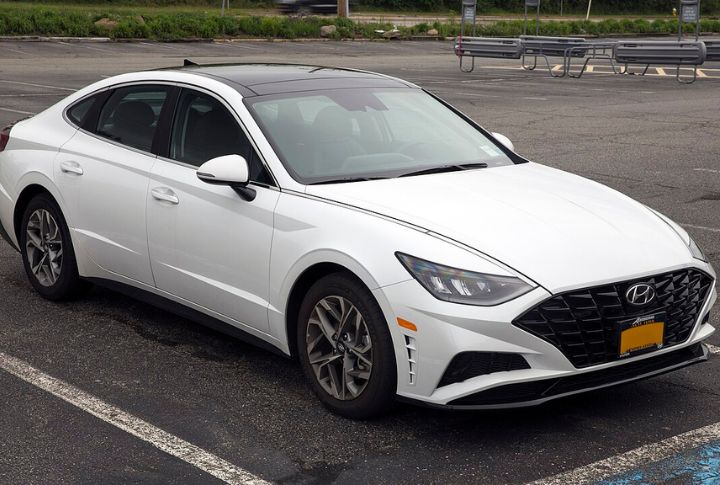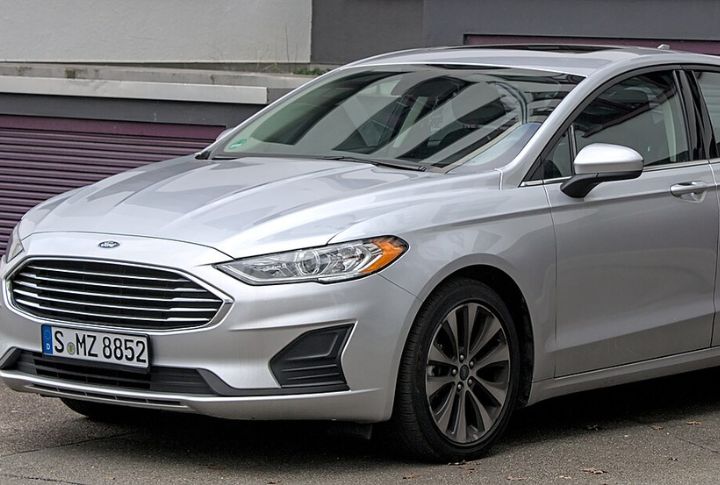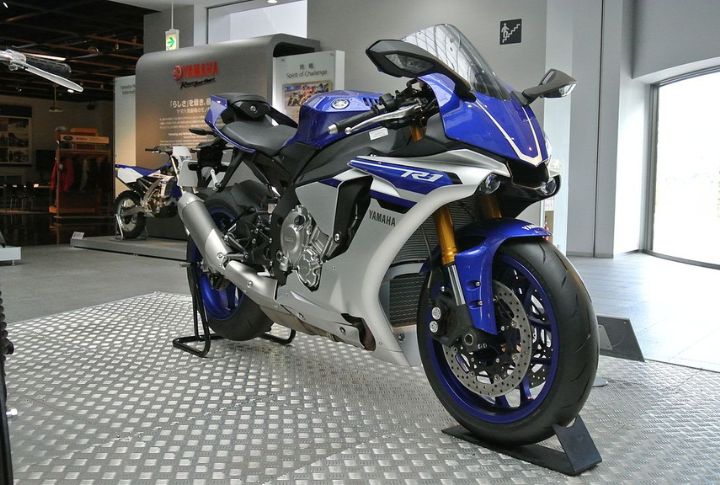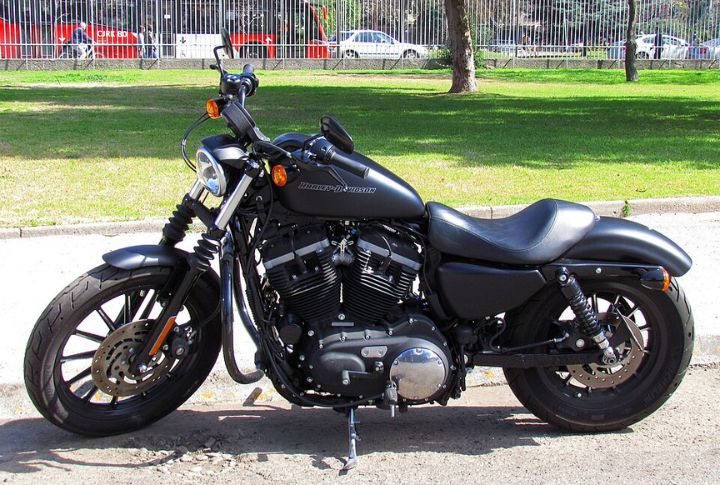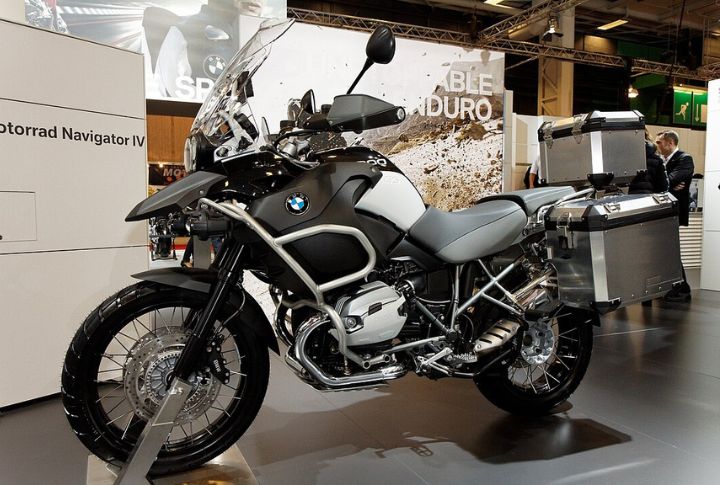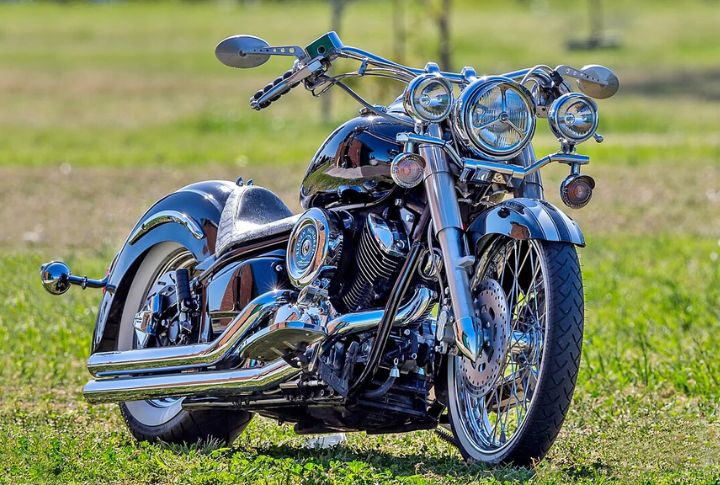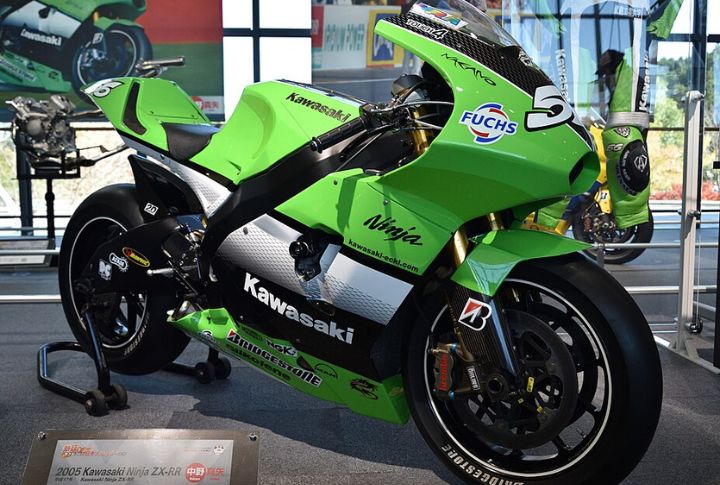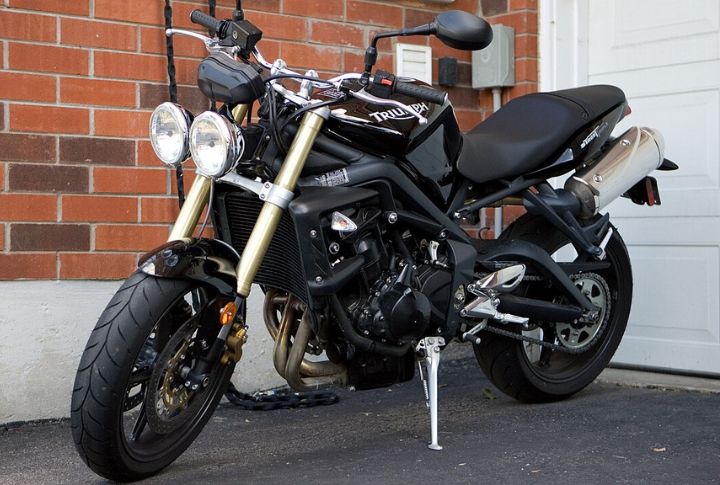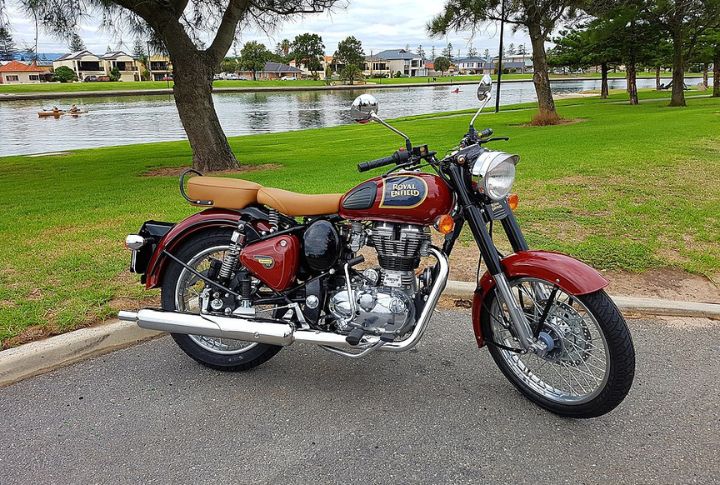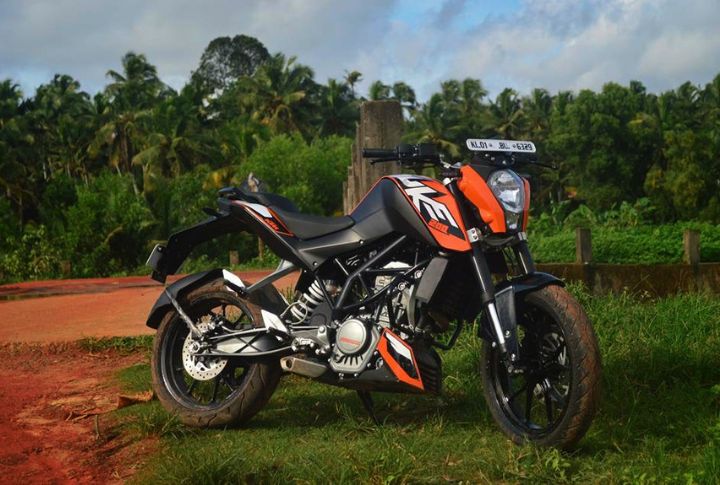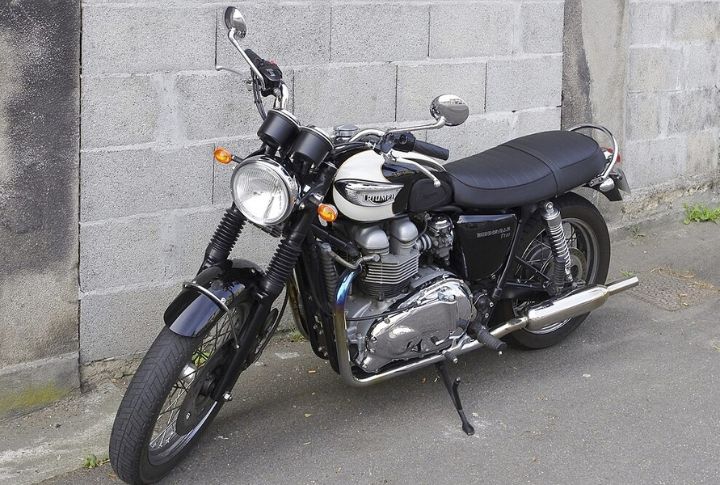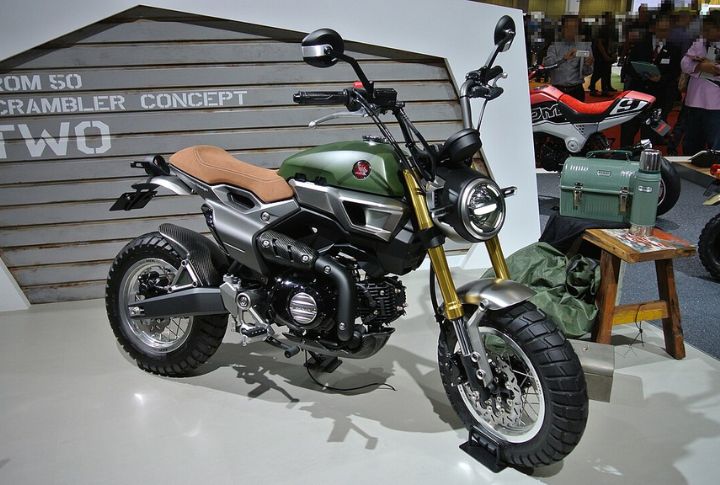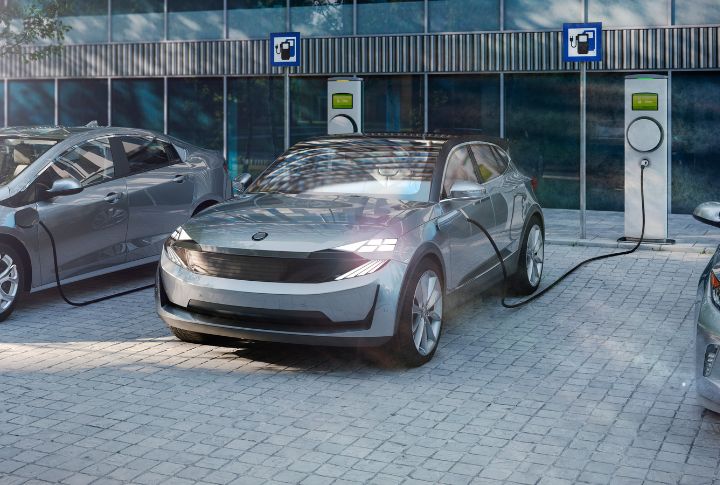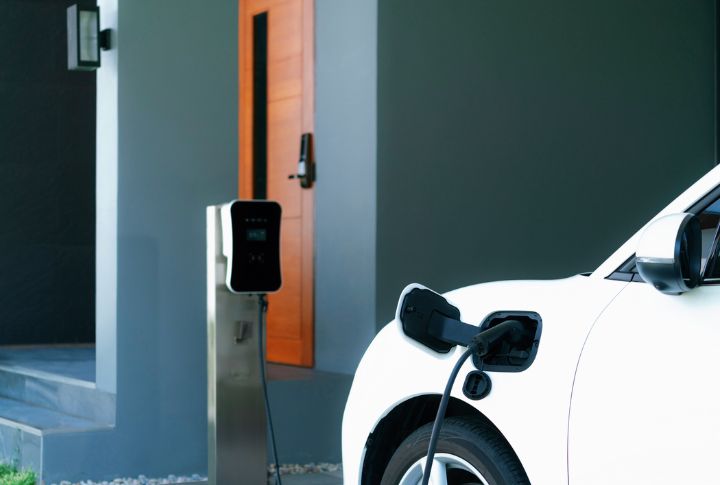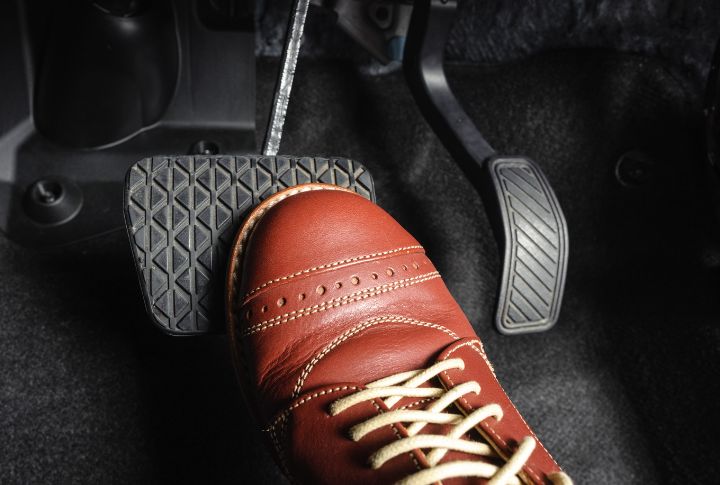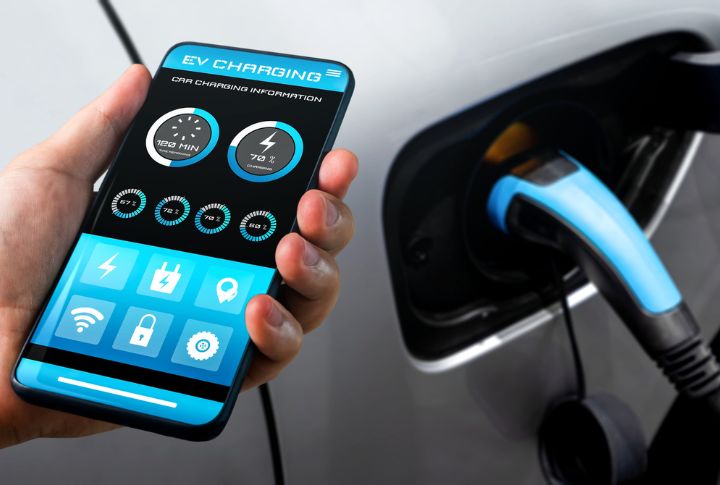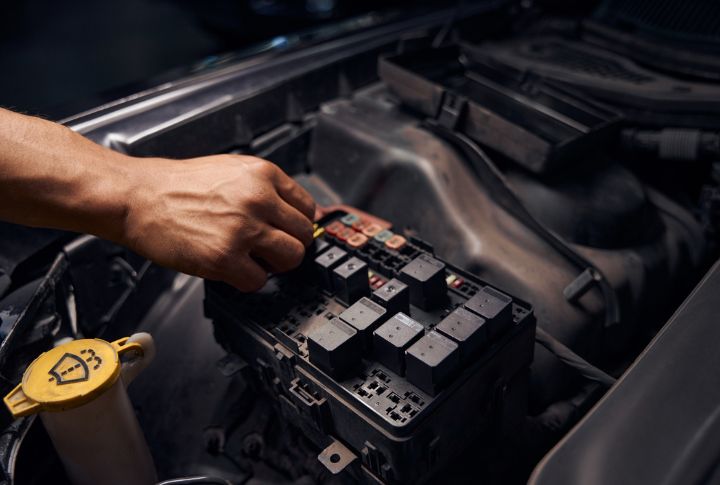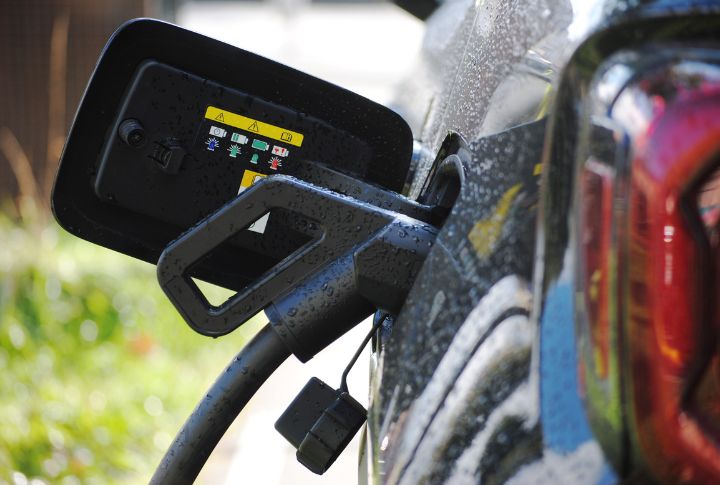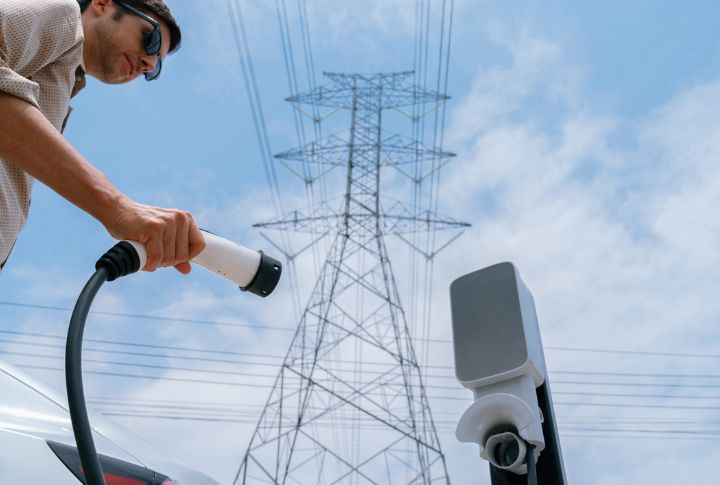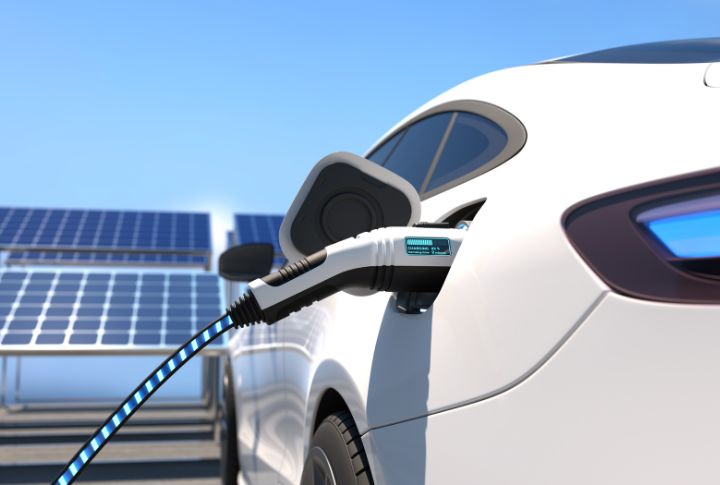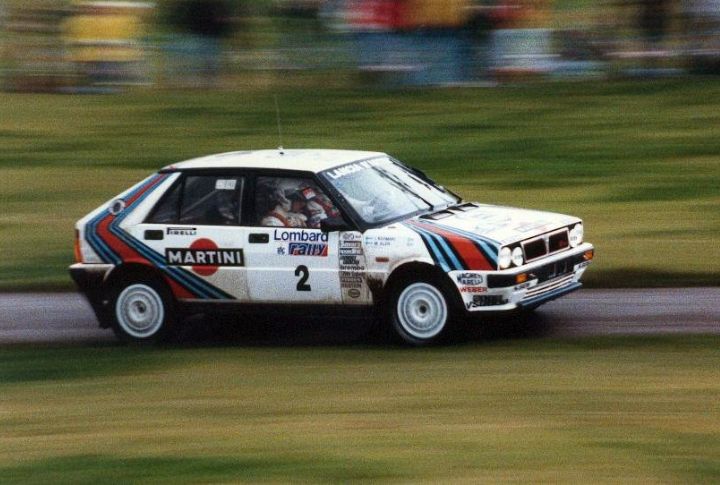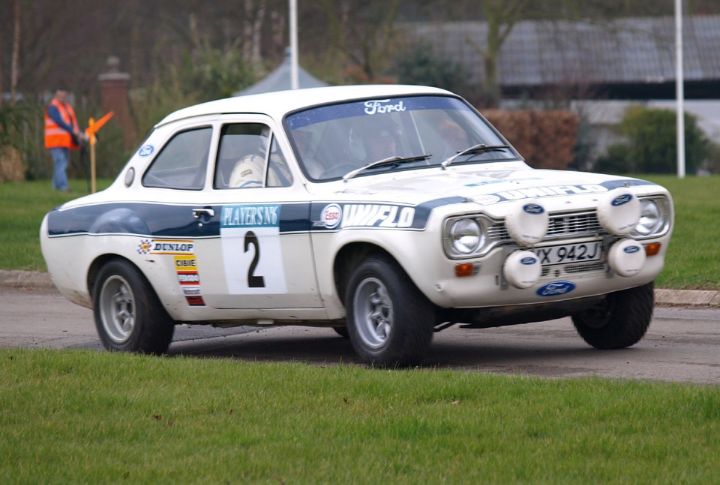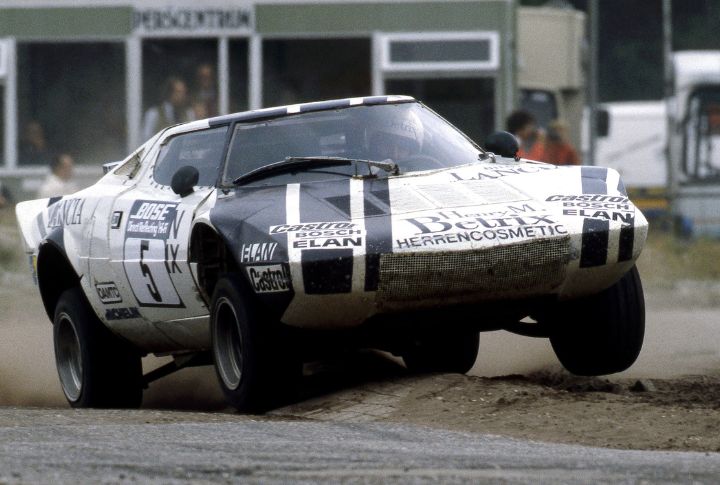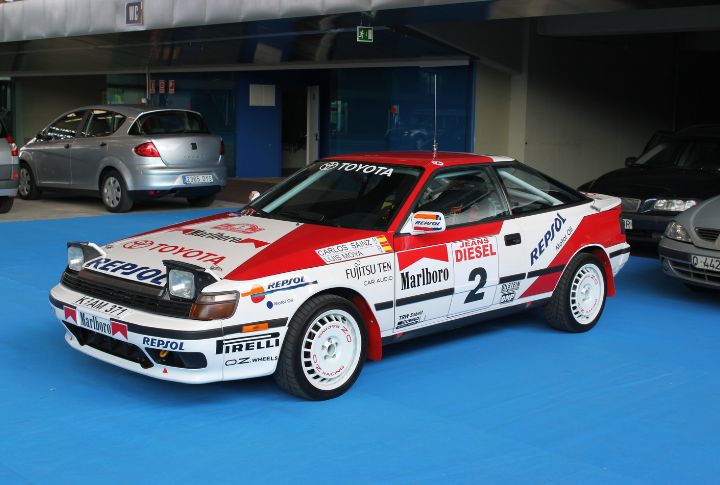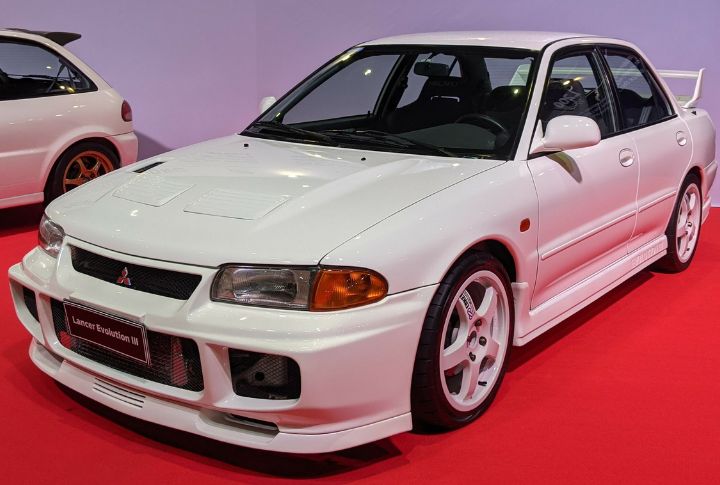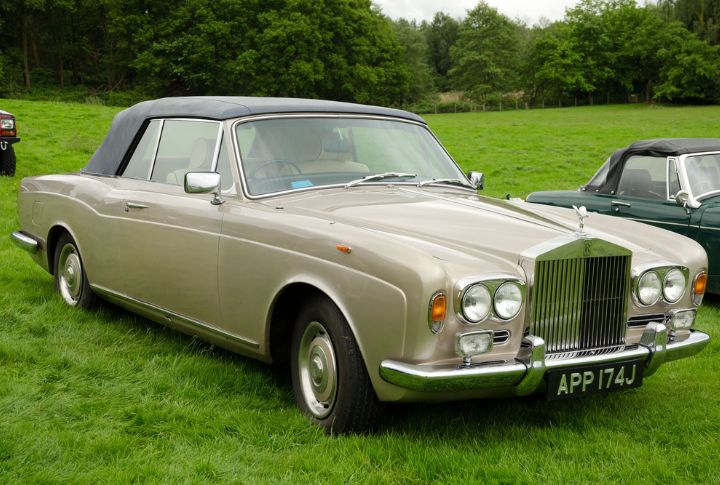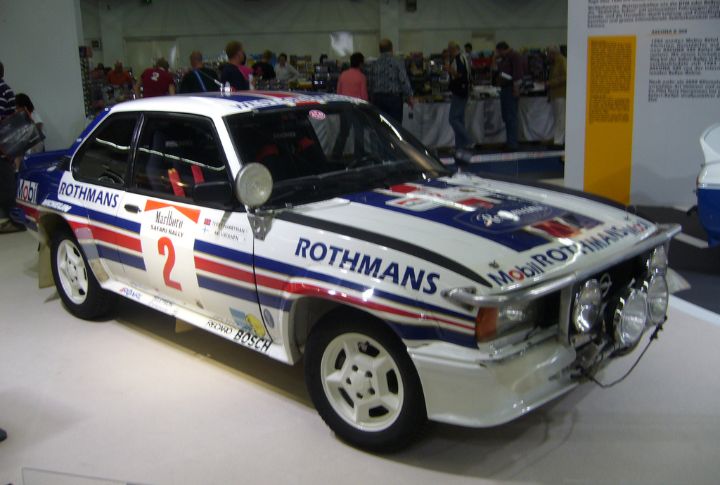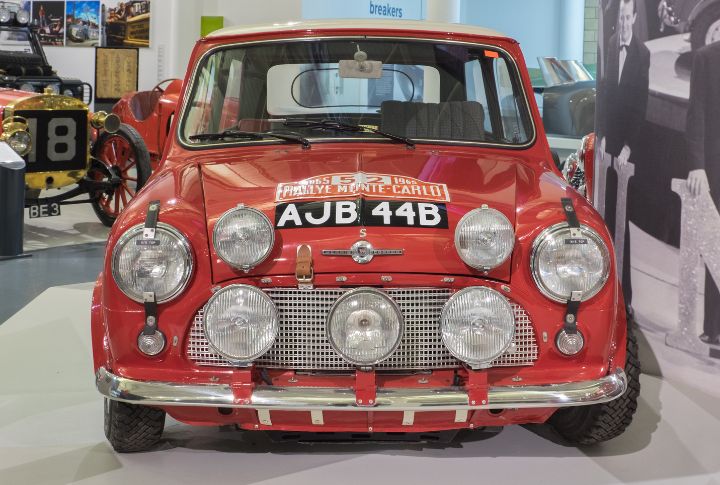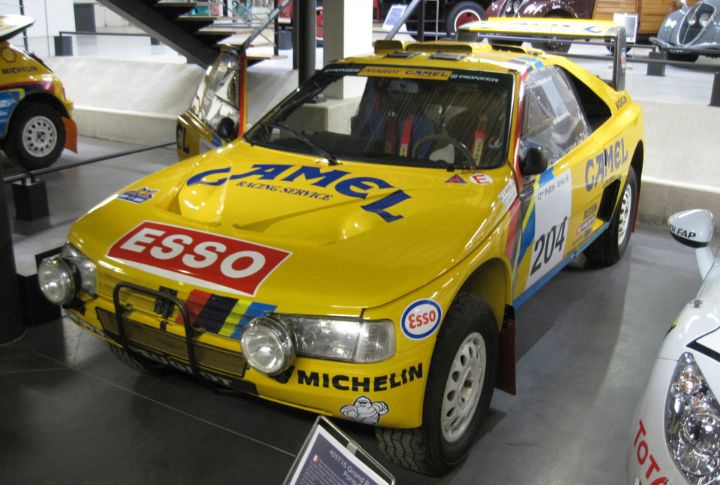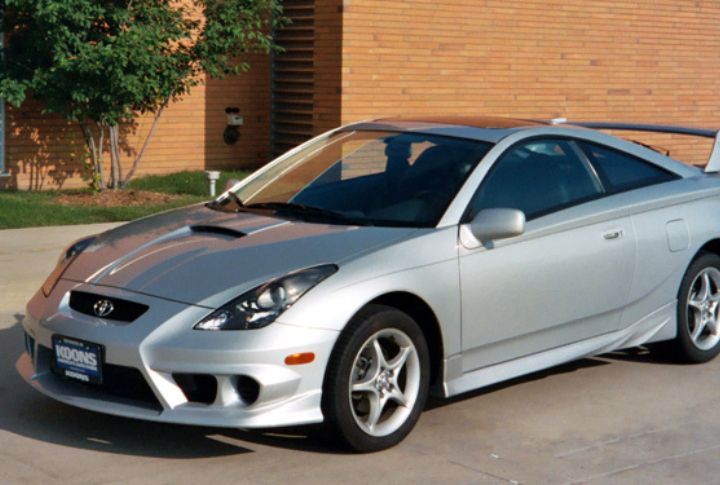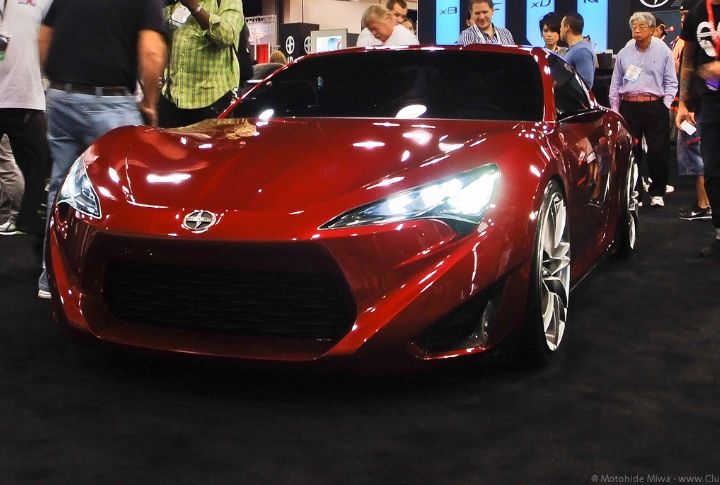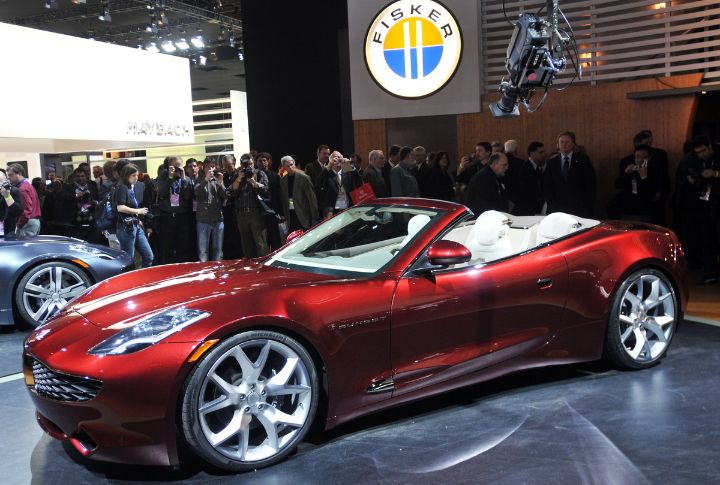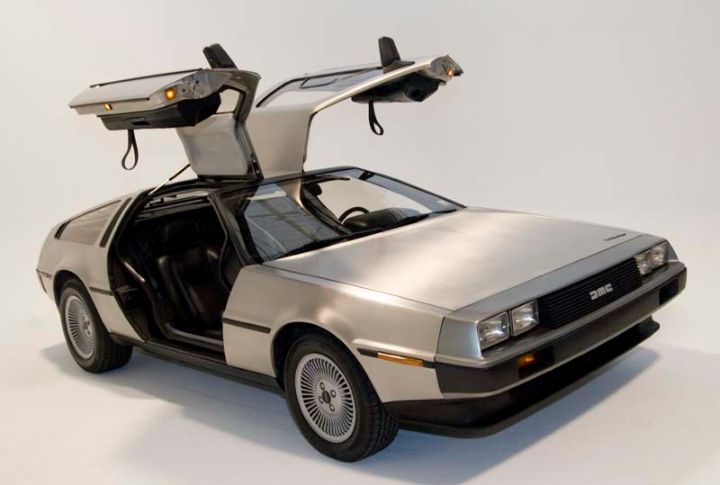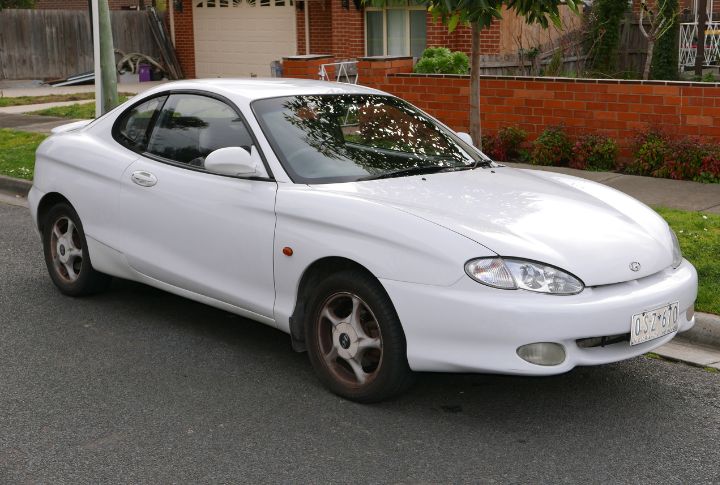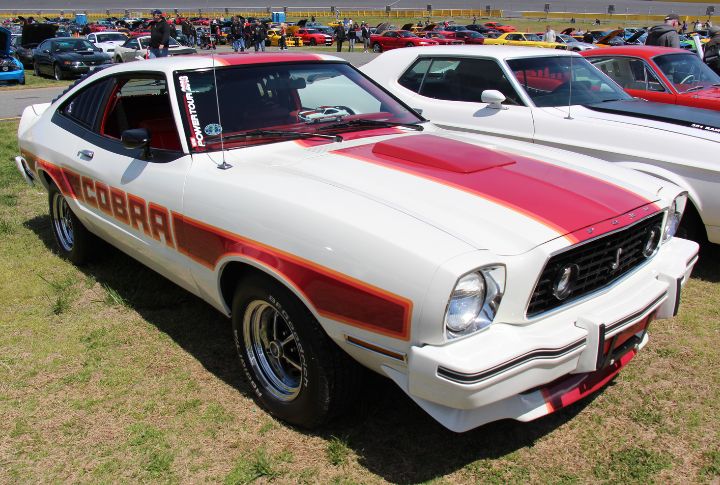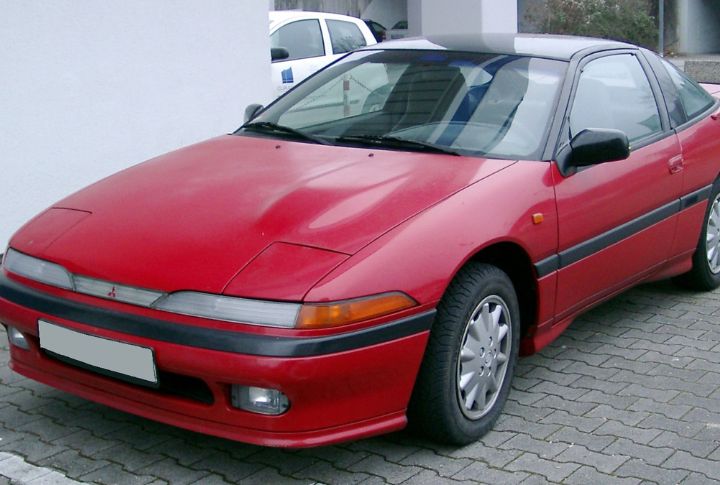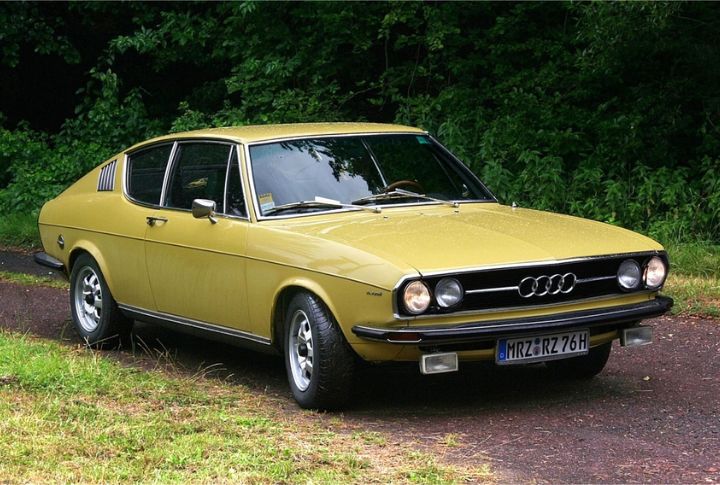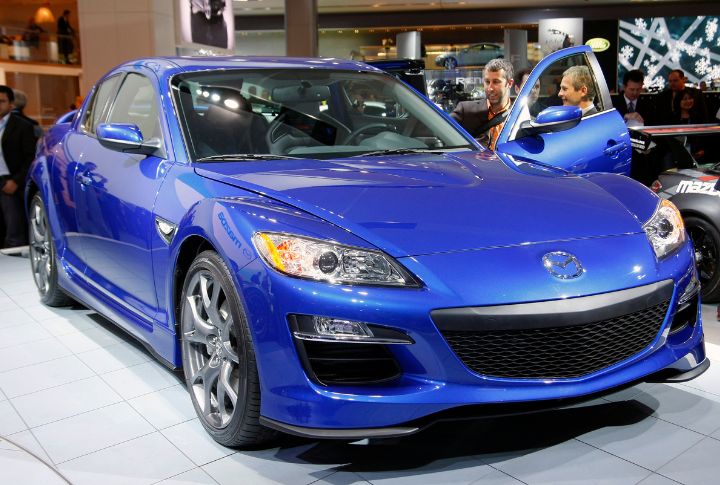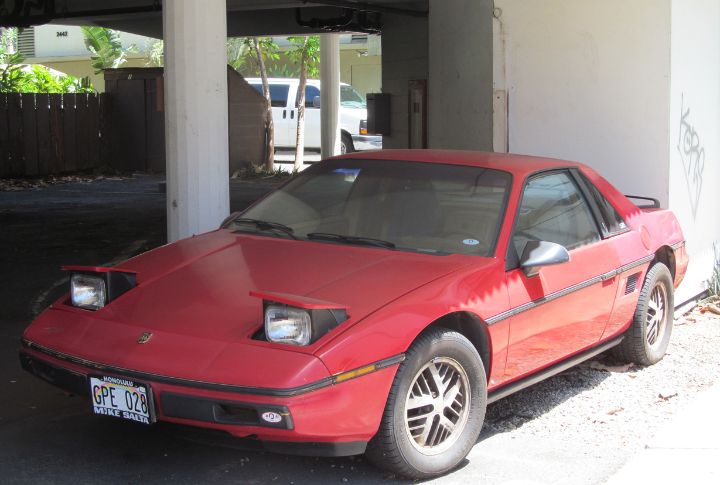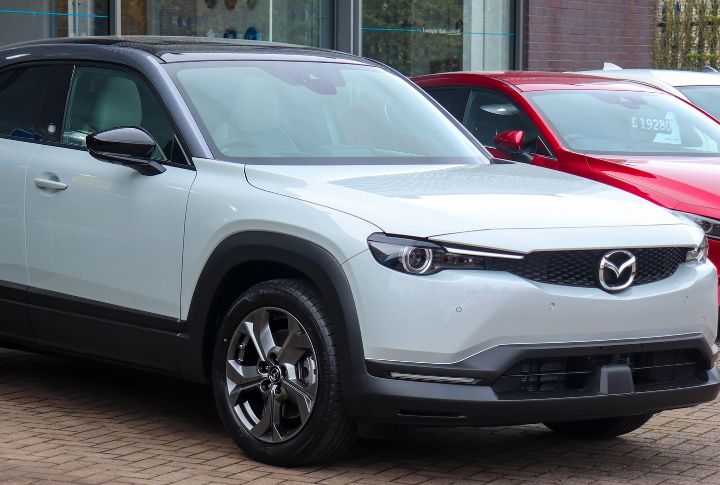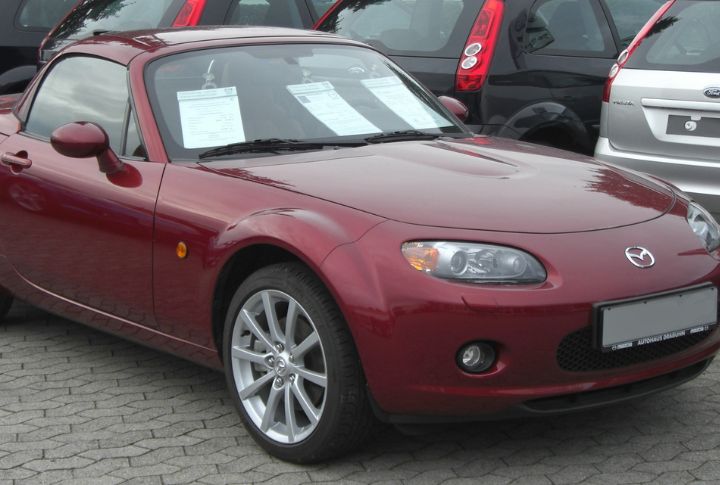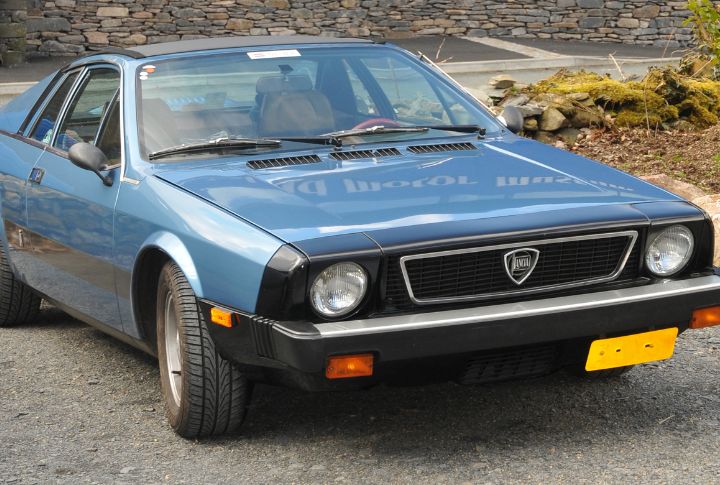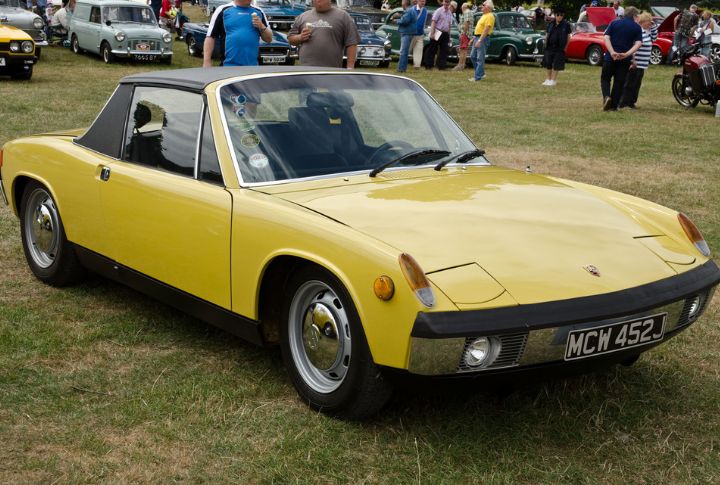In late 2019, Tesla shattered the mold with the Cybertruck, a revolutionary electric vehicle. The Cybertruck is designed for the forward-thinker who demands both power and sustainability. Whether you’re a thrill-seeker, an eco-warrior, or need a truck that handles anything you throw at it, you will find the Cybertruck to be unlike anything on the road, and here, we reveal 15 of its most iconic features.
No Tesla Logo Anywhere on the Truck
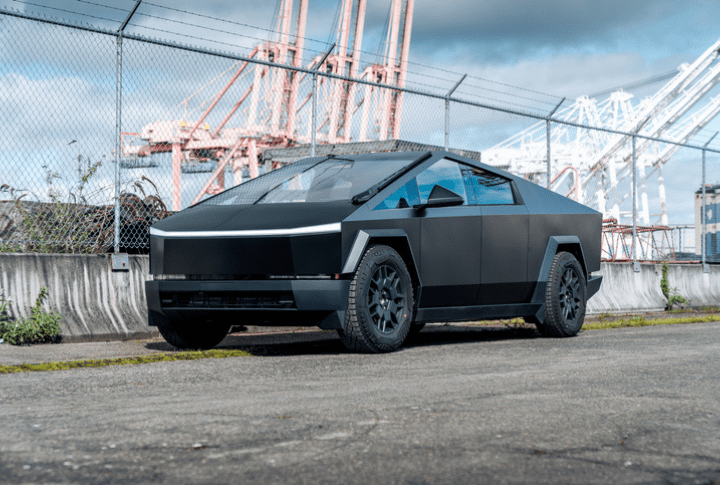
For those who prefer a minimalist aesthetic, the Cybertruck offers a unique distinction—there’s no Tesla logo on the exterior, although there’s a Cybertruck logo on the steering wheel. The clean, uncluttered design lets the truck’s bold lines and futuristic silhouette do the talking.
Comes in Three Trim Levels
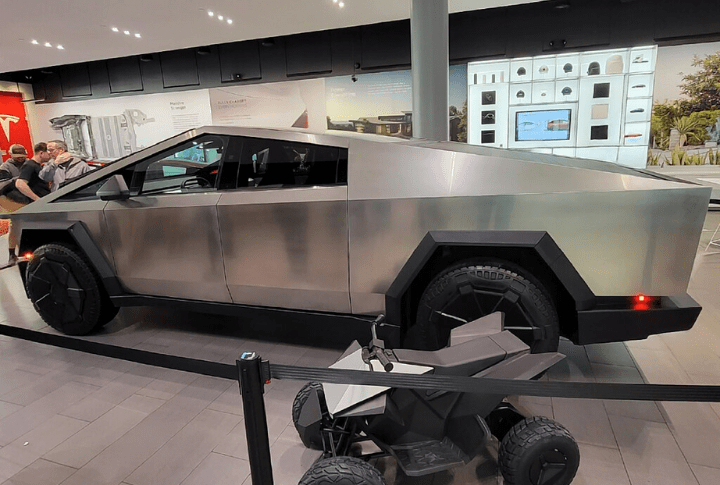
The Tesla Cybertruck offers three different trim levels to cater to varying preferences and needs. The base trim offers a compelling entry point into the Cybertruck experience, while the Dual-Motor All-Wheel Drive trim unlocks a significant boost in power and capability. The top-of-the-line Tri-Motor Cyberbeast accelerates from 0 to 60 miles in only 2.6 seconds.
Stainless Steel Exoskeleton
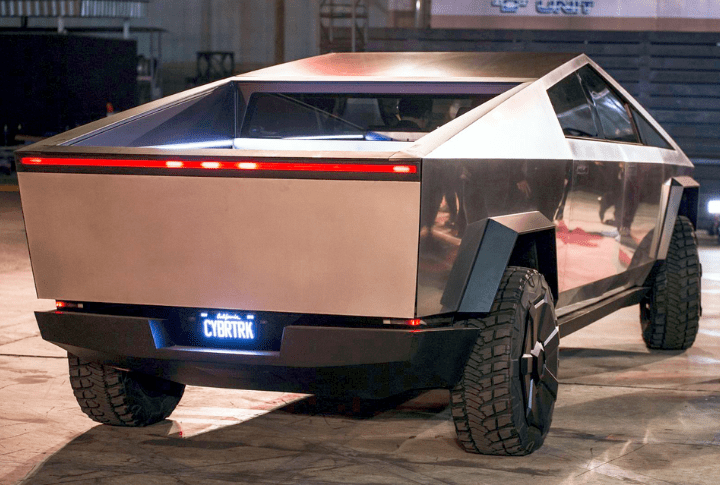
Constructed from ultra-strong, cold-rolled stainless steel, the Cybertruck’s exoskeleton is its most noticeable feature. It’s designed for superior durability and resistance to dents, scratches, and even bullet penetration. However, repairing any issues will be more problematic than a regular truck.
Squircle Steering Wheel
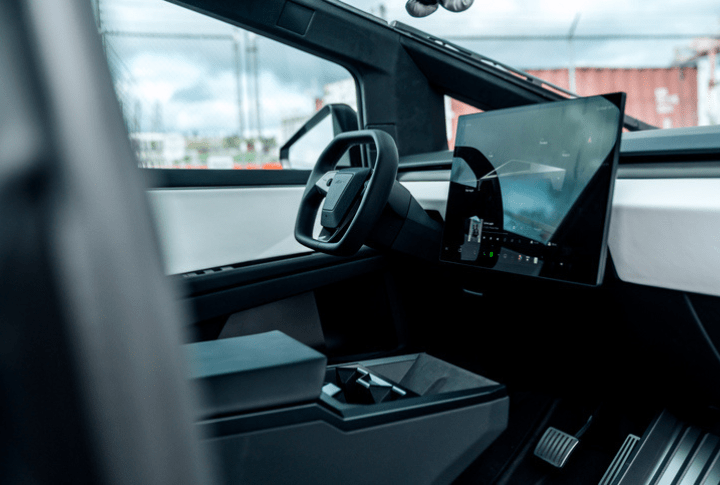
One of the most striking interior elements is the squircle steering wheel. This unconventional design provides a clear view of the digital instrument cluster and may offer improved ergonomics for some drivers. However, adapting to this design might take some time for those accustomed to traditional round steering wheels.
World’s Largest Shatterproof Windshield
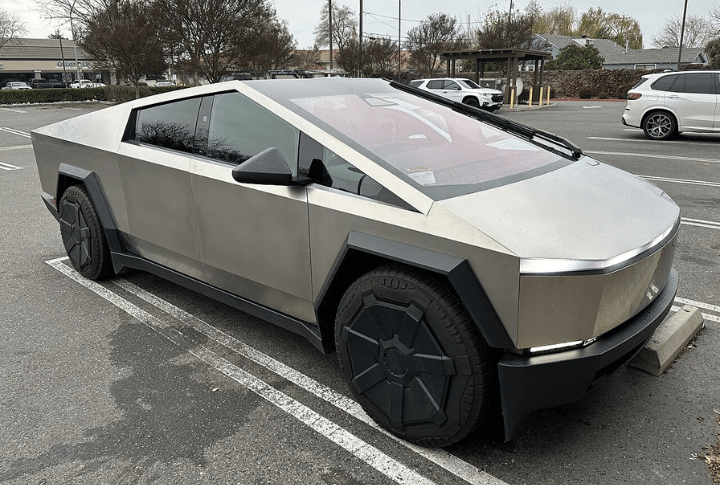
This iconic truck features the world’s largest shatterproof windshield, offering panoramic views and unmatched visibility. This innovative design, inspired by bulletproof glass used in armored vehicles, is claimed to be incredibly strong. Tesla claims that you can throw a baseball bat at it, and it won’t get harmed.
18.5-inch Command Center
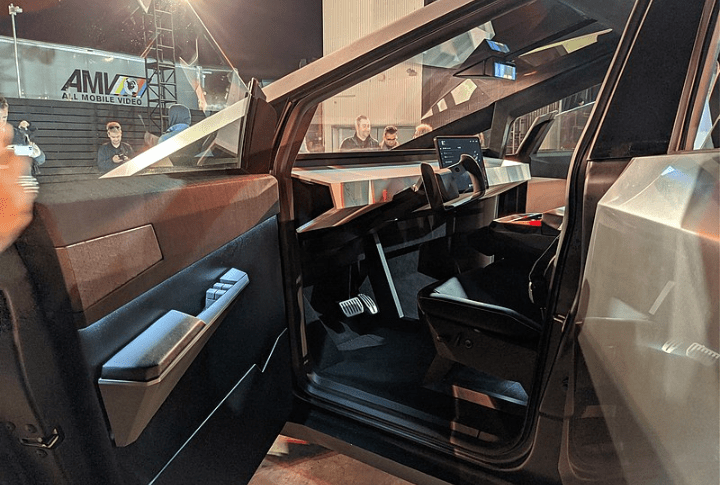
Dominating the center console is a massive 18.5-inch touchscreen that is the primary interface for controlling everything from climate control to navigation and the entertainment system. Tesla claims this screen boasts real-time reaction times, ensuring a smooth and responsive user experience.
Exclusive Air Ride Suspension
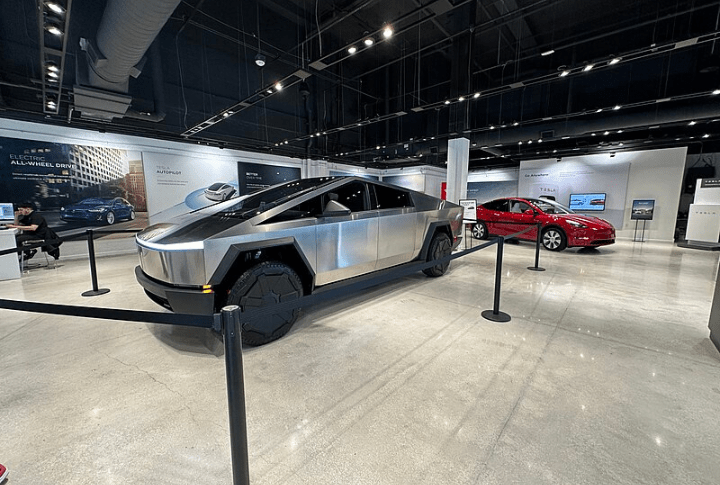
Featuring the next-generation adaptive air suspension system, the Cybertruck has more ground clearance than most trucks. This technology allows for exceptional ride height adjustability, and drivers can engage the Extract Mode, which raises the ground clearance to a whopping 16 inches, putting the Cybertruck on par with dedicated off-road vehicles.
A Button Reveals the Cargo Haven
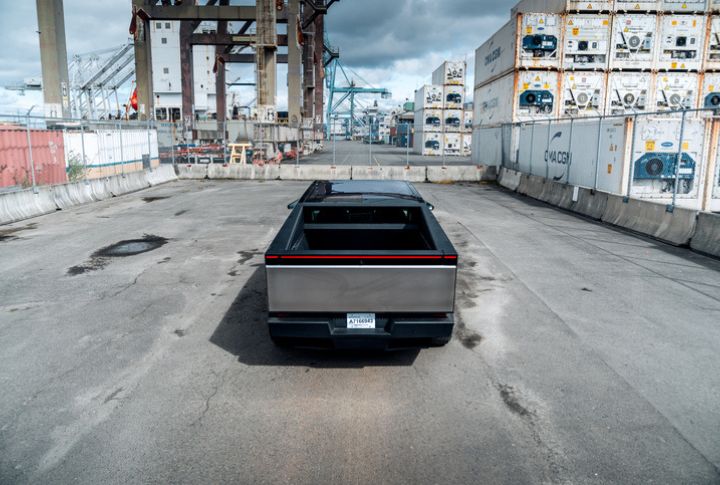
Gone are the days of fumbling with latches and levers. The Cybertruck’s innovative cargo bed utilizes a hidden compartment that seamlessly integrates with the truck’s body. The bed cover retracts with a simple button press, revealing a spacious and versatile cargo area.
Composite Bedliner
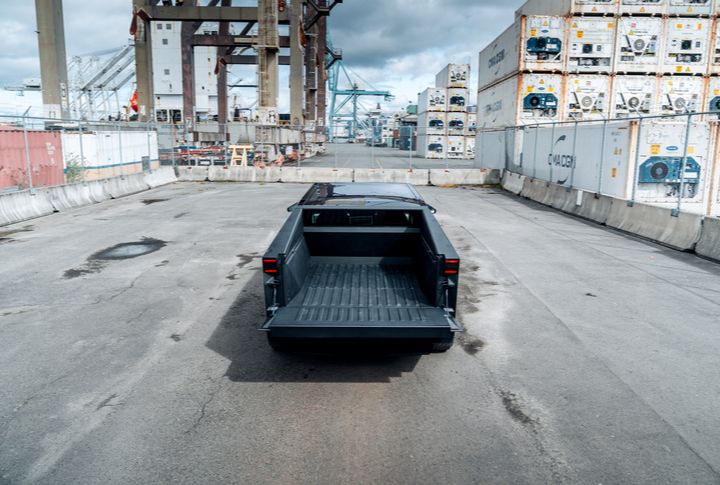
This truck ditches the traditional steel bedliner for a composite material with several advantages. It’s lighter weight, reducing overall vehicle weight and potentially improving efficiency. Additionally, it’s resistant to scratches, dents, and corrosion, ensuring your truck bed stays looking sharp for years to come.
Digital Rearview Camera and Glovebox Activated from the Screen
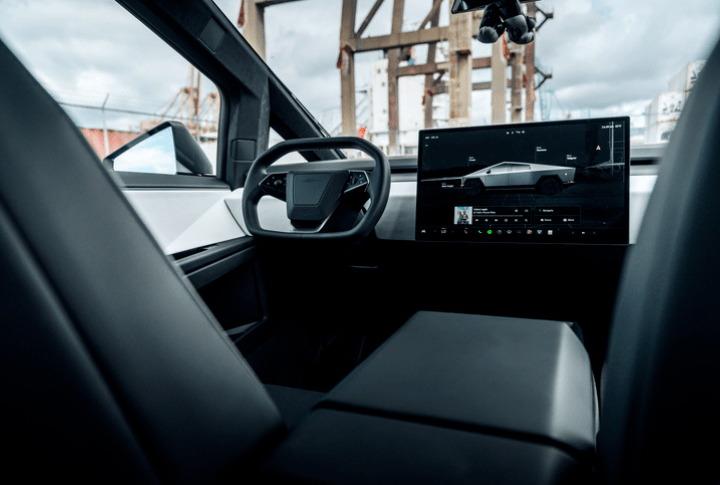
The Cybertruck ditches traditional rearview mirrors in favor of a digital rearview camera system. The touchscreen displays the camera feed with a wider field of view than a conventional mirror. Similarly, the glove box can be opened electronically via the touchscreen or using a voice command. While innovative, these features may require some adaptation for those used to physical controls.
Adjustable Track System
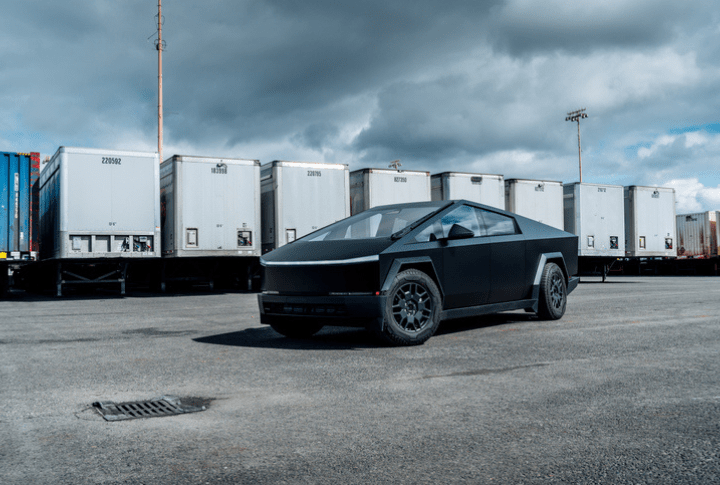
Forget the frustration of loose cargo bouncing around in the bed. The Cybertruck features an innovative adjustable track system that easily secures various items. These tracks can be configured in multiple ways, from bikes and camping gear to lumber and building materials.
Power Outlet Systems
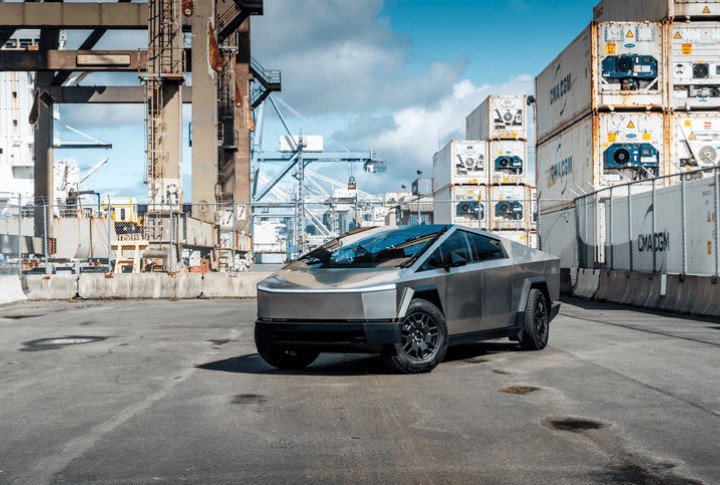
With its powerful onboard battery pack, the Cybertruck can be equipped with optional power outlet systems that can provide enough juice to run essential appliances in your home during a power outage. This feature is a compelling proposition for those who value preparedness and self-reliance.
Towing Capacity of 11,000 Pounds
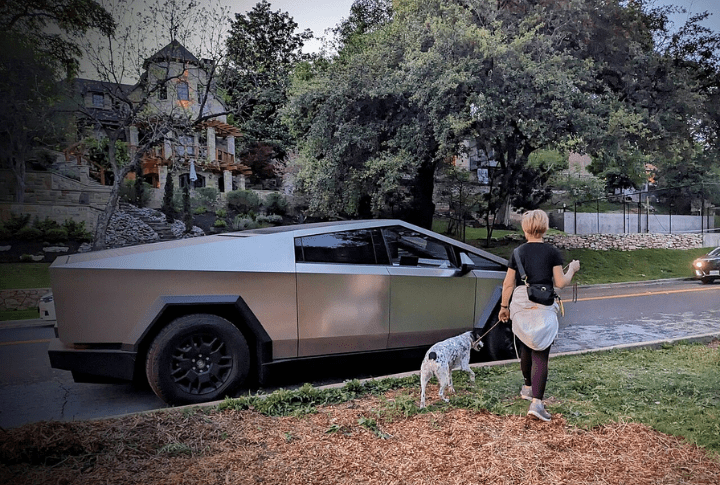
Don’t let the futuristic design fool you—the Cybertruck is a serious workhorse. It boasts a towing capacity of a staggering 11,000 pounds, rivaling even the most capable heavy-duty trucks. Whether you need to haul a hefty trailer, boat, or construction equipment, the Cybertruck has the muscle to do the job.
Elevated Front Seats for Superior Visibility
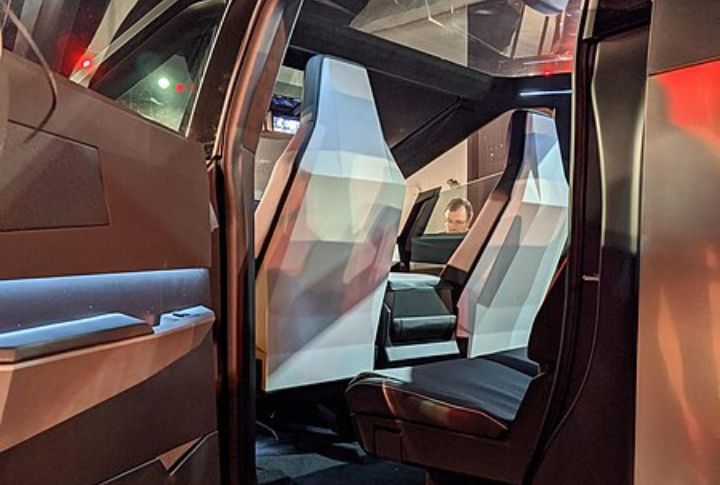
The Cybertruck’s design prioritizes driver comfort and visibility. The front seats are higher than in a traditional truck, offering a commanding view of the road ahead. This design is particularly advantageous for off-roading or navigating busy city streets.
Heated and Ventilated Seats for All-Season Comfort
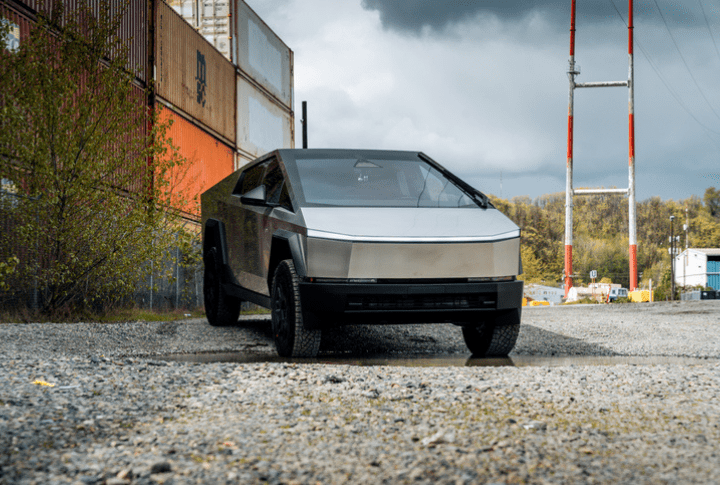
No matter the weather, the Cybertruck’s heated and ventilated seats ensure a comfortable ride for drivers and passengers. This feature is a must-have for those who experience extreme temperatures throughout the year.
9.4-inch Touchscreen for Rear Passengers
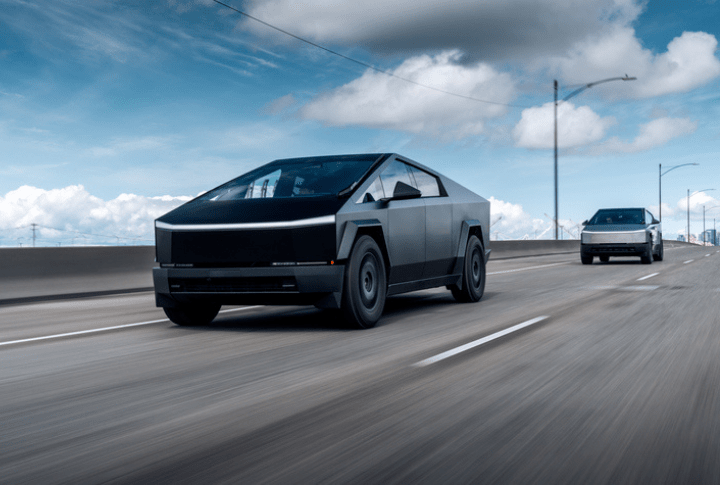
While the driver gets the 18.5-inch command center, rear passengers aren’t left out. They have access to a 9.4-inch touchscreen for controlling features like climate and entertainment. This helps keep everyone in the car entertained and comfortable on long journeys.

